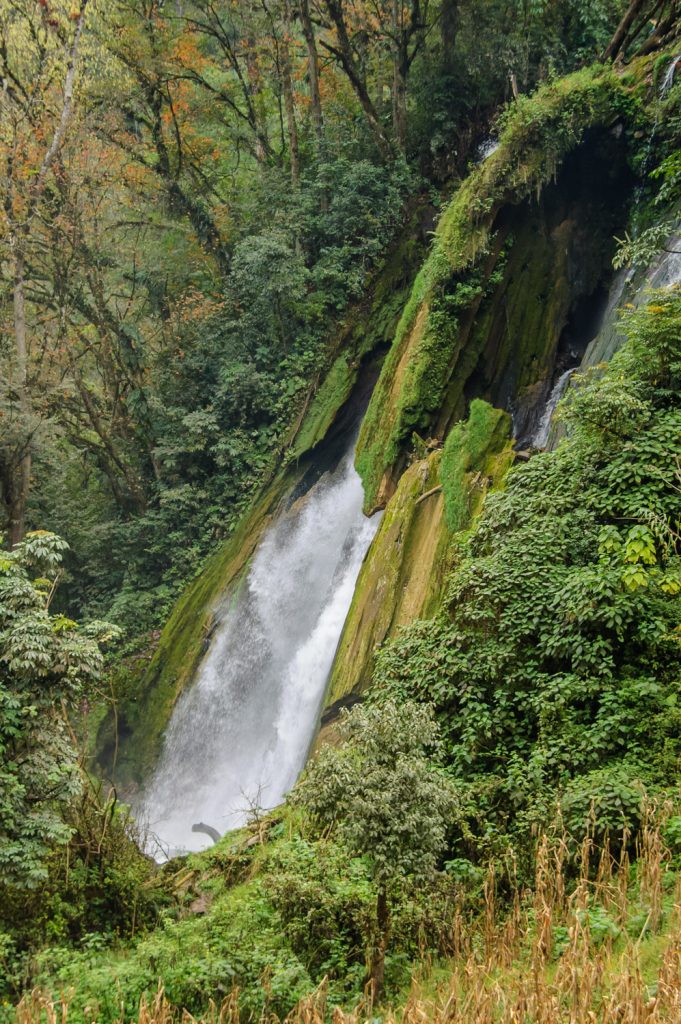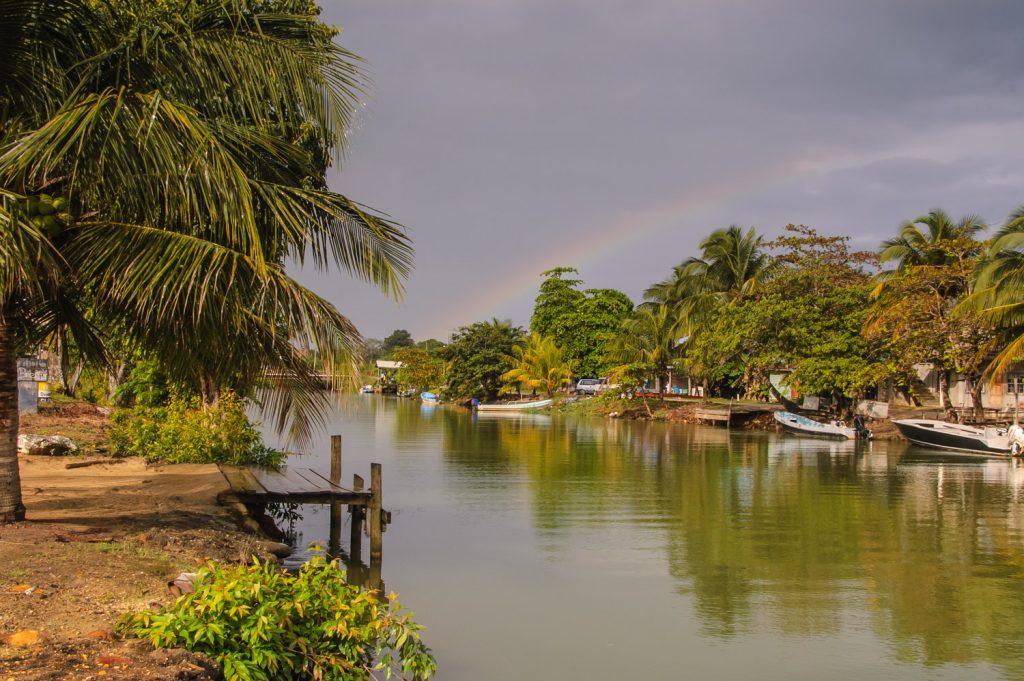
Dangriga is the spiritual centre of the Garifuna people in Belize, and is the largest town in the south.
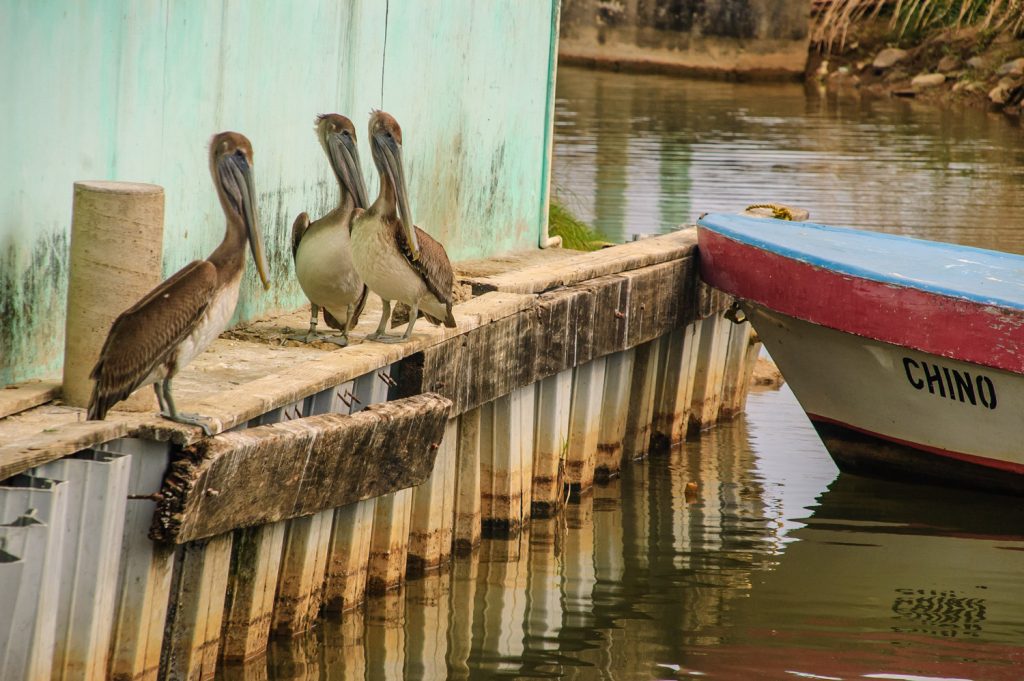
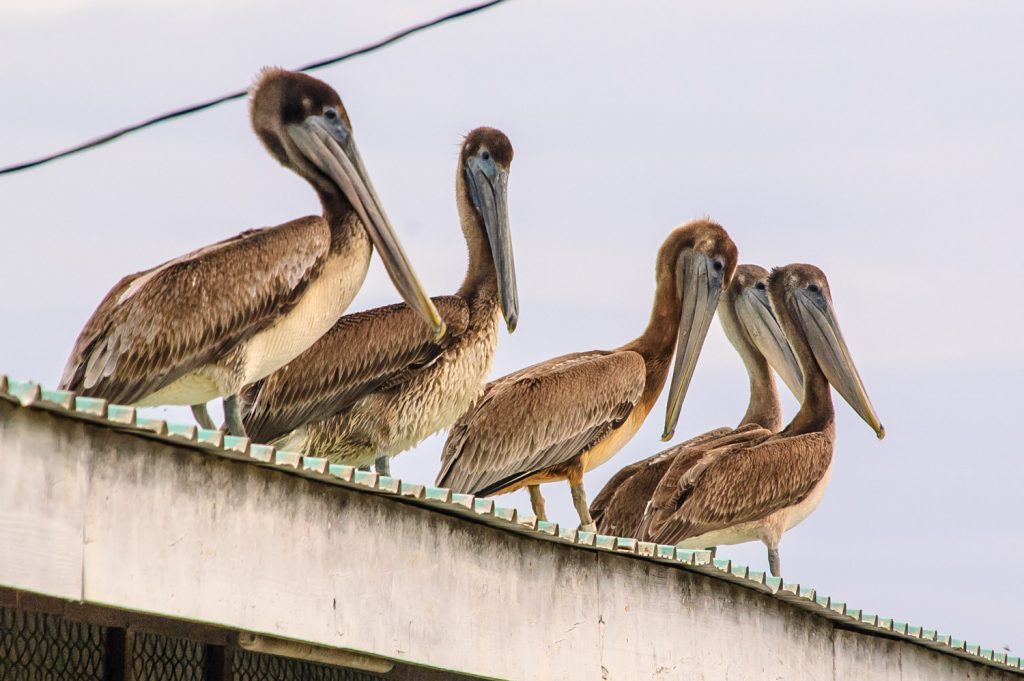
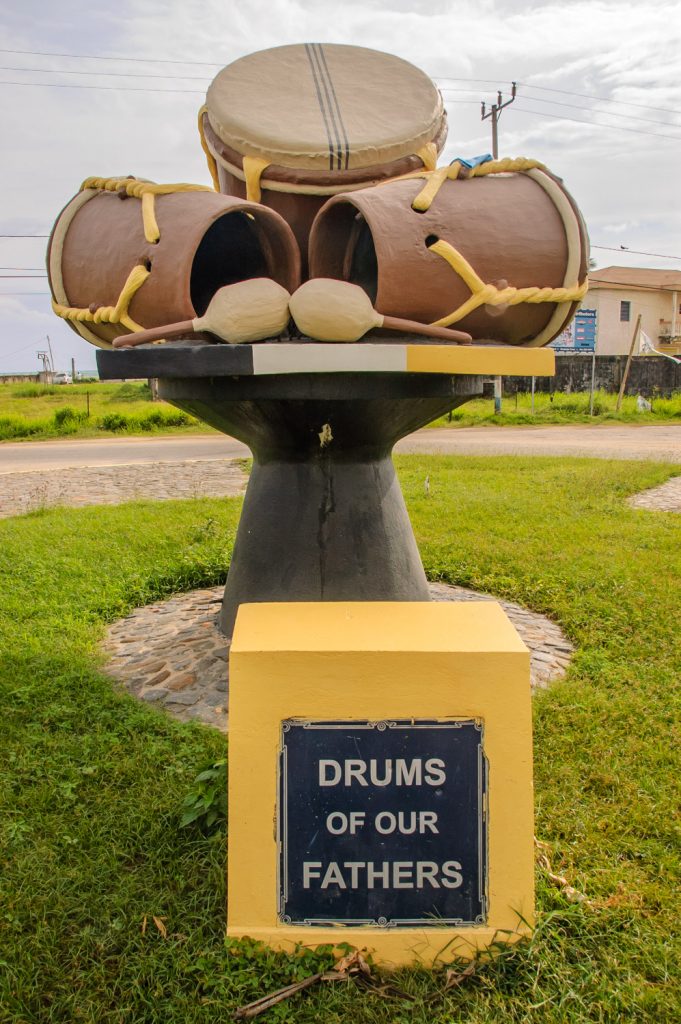
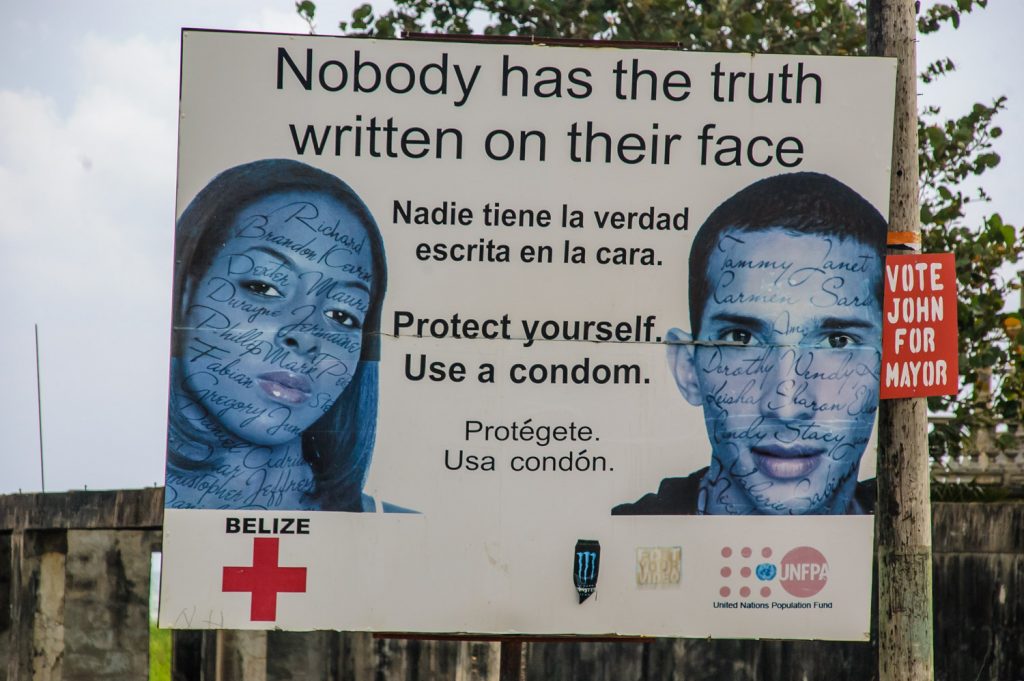

Dangriga is the spiritual centre of the Garifuna people in Belize, and is the largest town in the south.




I spent most of yesterday and today travelling, and am now back in Belize — a long way geographically and culturally from Antigua, Guatemala. I’m in Dangriga, on the coast, south of Belize City. It’s the cultural capital of the Garifuna people, an African-influenced culture.
I took a shuttle from Antigua to Guatemala City — a huge congestion of diesel smoke and traffic — and then took a pullman bus across the country to Puerto Barrios on the Caribbean coast. The bus ride was actually pleasant, with a comfortable seat and very nice hilly green scenery. (The only drawback was the action movie that is always played loudly on Latin American luxury buses).
Puerto Barrios is the asshole of Guatemala. Its major function has been as a port to ship bananas going back to the days of United Fruit Company, that ruled Guatemala like a fiefdom and even got the CIA to overthrow the Guatemalan government in the 1950s. Now the big Chiquita containers are owned by Del Monte, and they are trucked alongside the Dole containers with Bob the Banana. The place is otherwise grubby and rundown looking, with the typical rough looking people who hang around port towns.
My $9 room was very depressing, coffin-like, and just outside was the main road where loud trucks hauled containers all through the night. Added to that, I’m recovering from a cold, and not sleeping well.
This morning I took a one-hour ride from Puerto Barrios to Punta Gorda in Belize on a launch holding about 15 passengers, and was very impressed that they actually issued us life jackets — not something to take for granted in these parts. The water was relatively calm, but the waves picked up at the end, sending us lunging and crashing into the spray. Then a three-hour trip on a former school bus stopping everywhere, but at least in Belize they don’t put three people to a seat as in Guatemala.
Dangriga is not a touristy town, though seems interesting. I’m in a little caban next to the river, which is lined with banana trees and other tropical plants. I expect to stay here a few days before heading north.
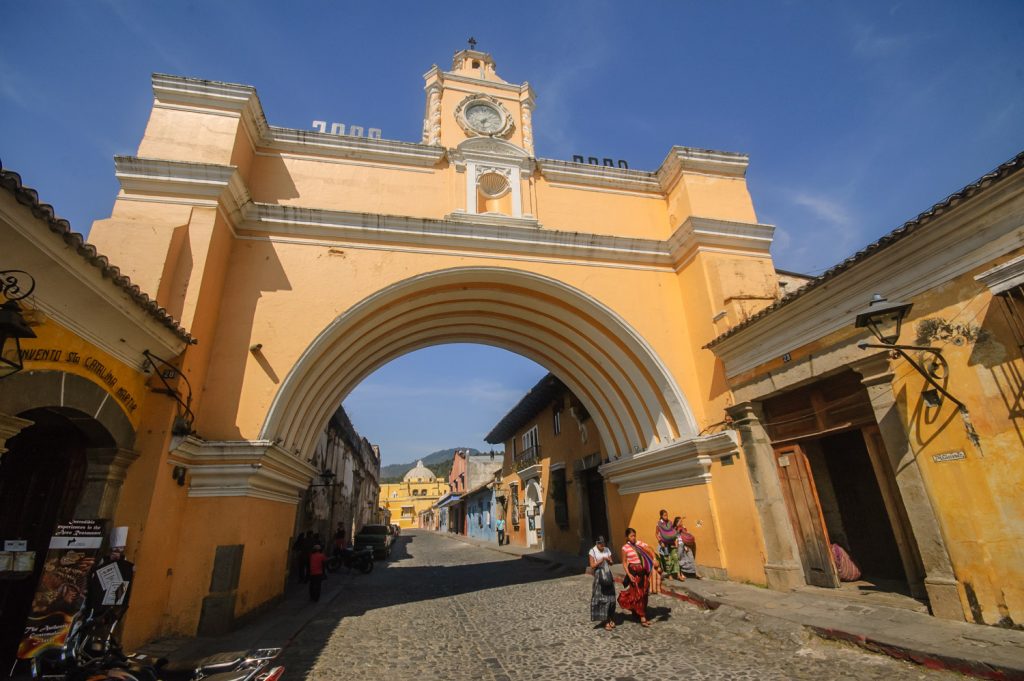
I took a minibus today to Antigua, the former colonial capital of Guatemala. The bus was a tourist bus, but it was certainly worth the couple dollars extra to have a seat to myself and a place to put my legs.
Antigua is a beautiful city surrounded by three volcanoes, and with cobbled streets and colonial architecture. Much of it was destroyed by an earthquake in the 1700s, which is why the capital was moved to Guatemala City, but many of the buildings were rebuilt — with fewer stories, and many of the old ruins remain — such as churches with no roofs.
It was here that I lived several months in 1993 when I took an intensive Spanish immersion course. My school has moved, and the building is now a hotel, but I saw many old landmarks, like the park I used to walk past everyday that has public laundry washing basins.
I will spend two nights here with a full day tomorrow to explore, and hopefully post some pictures later. Then on Friday, I take a bus — one of the few comfortable bus services — across Guatemala to Puerto Barrios on the Caribbean coast, which is the jumping off point for a boat to Belize on my way home.
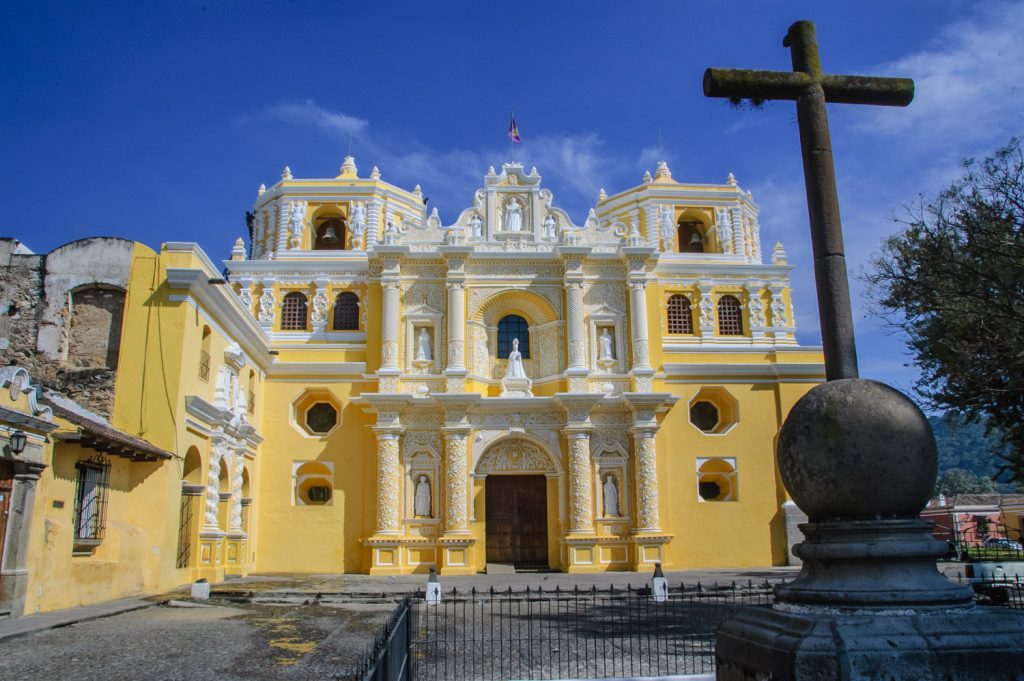
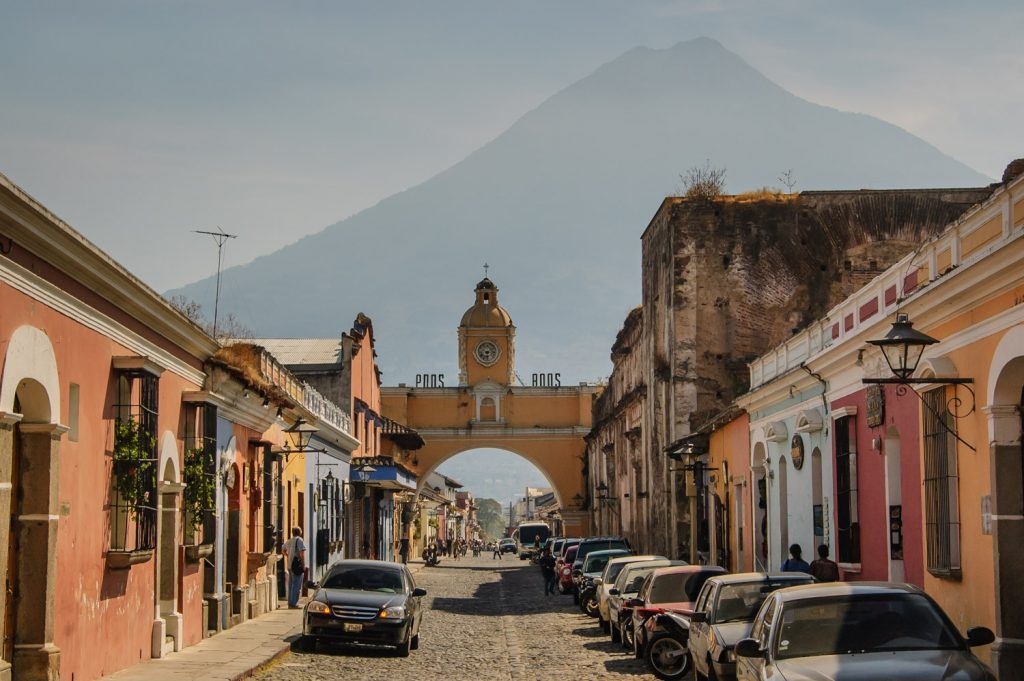
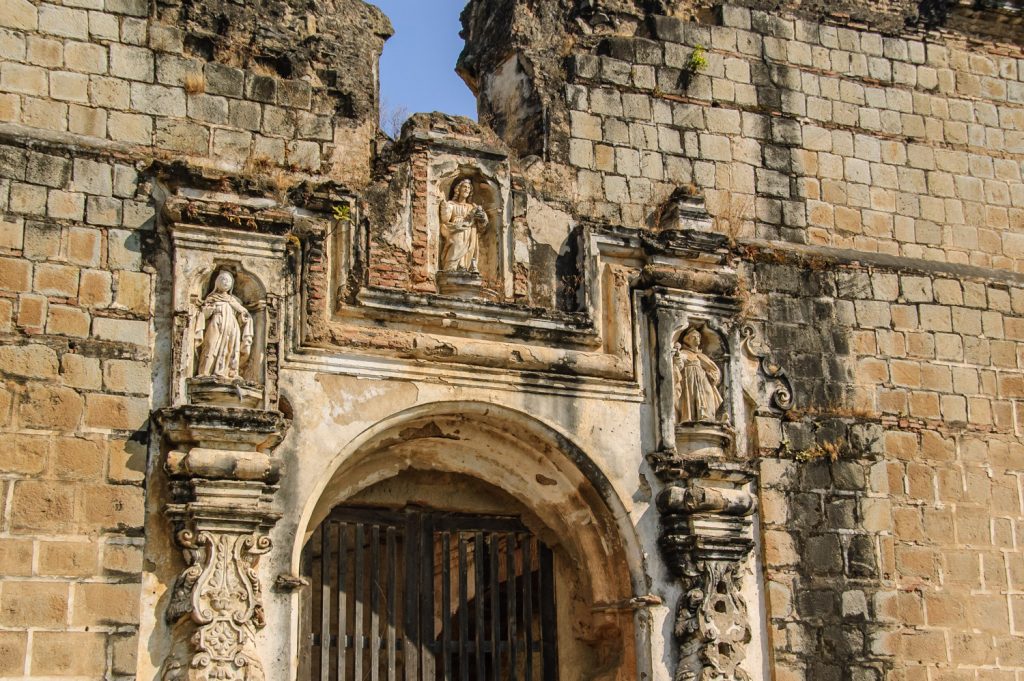
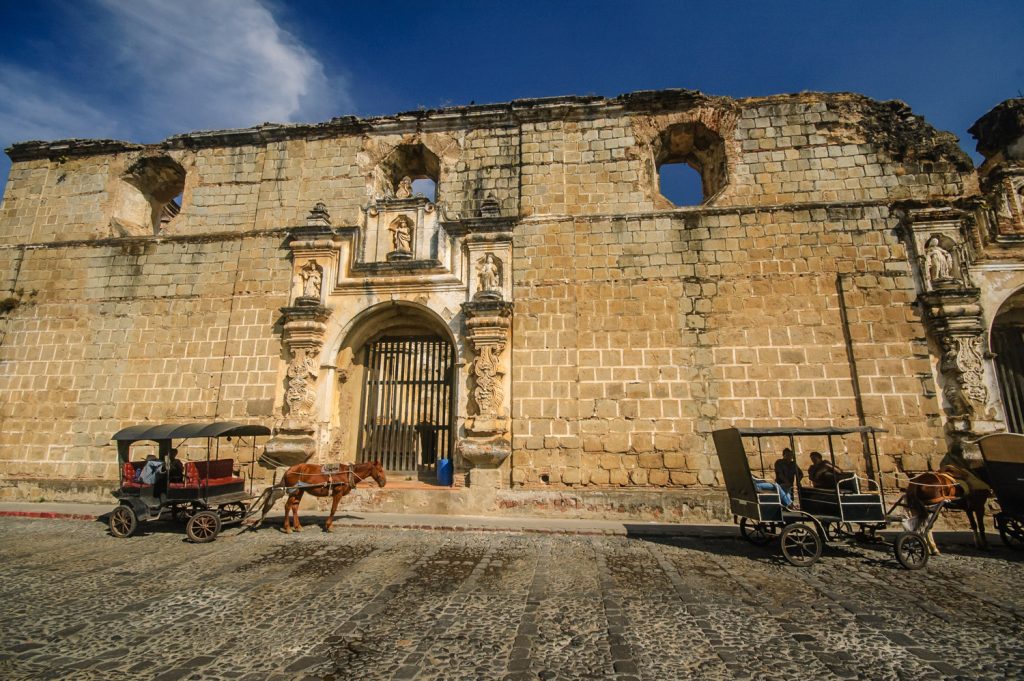
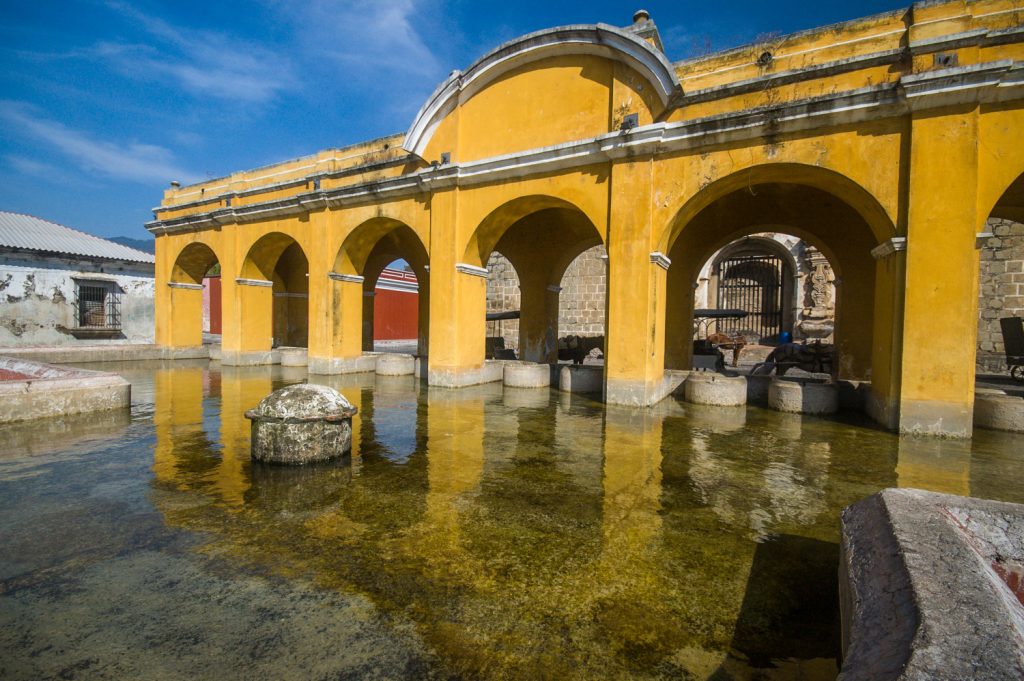
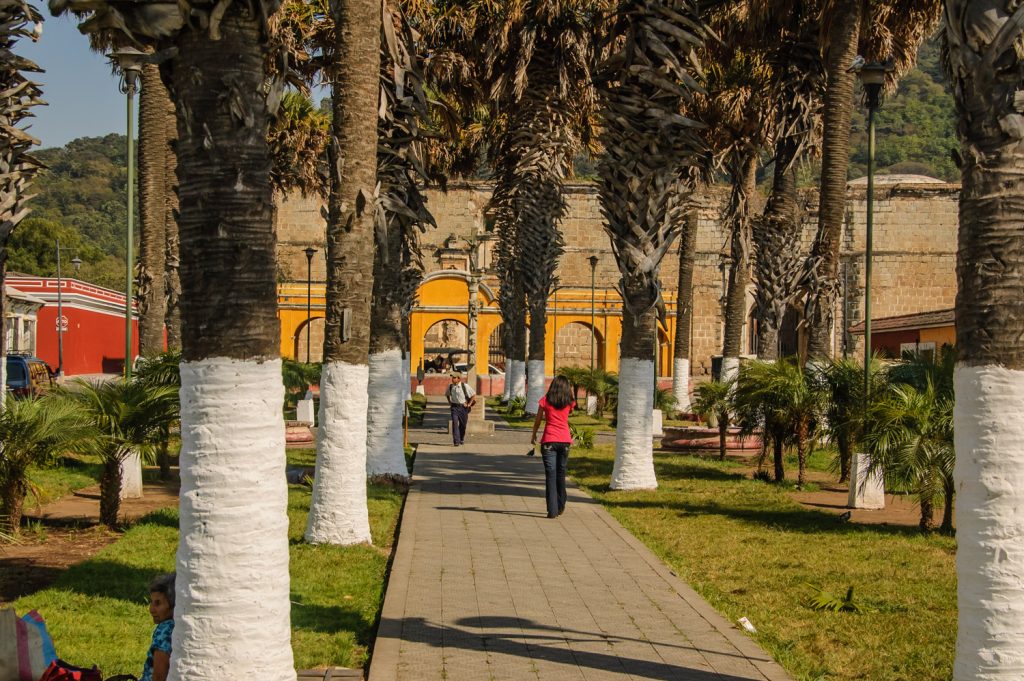
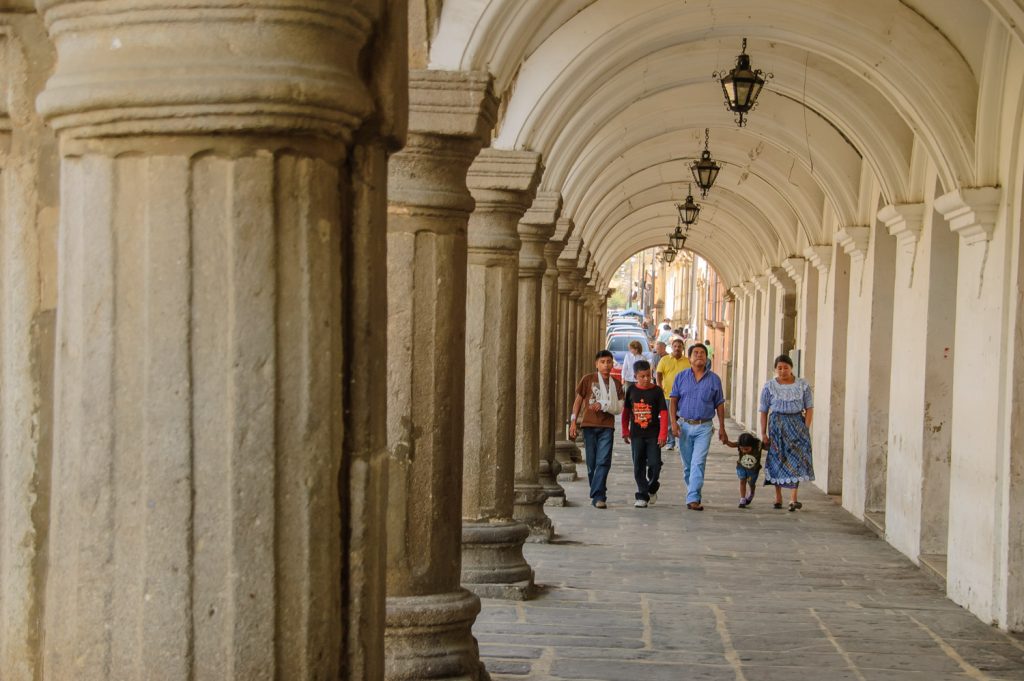
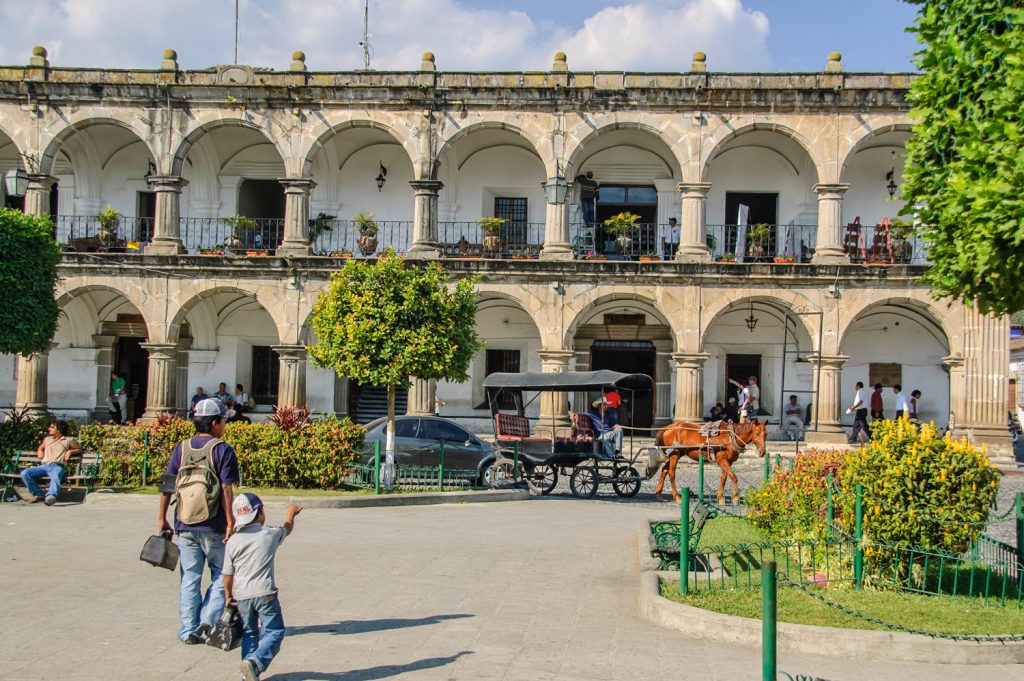
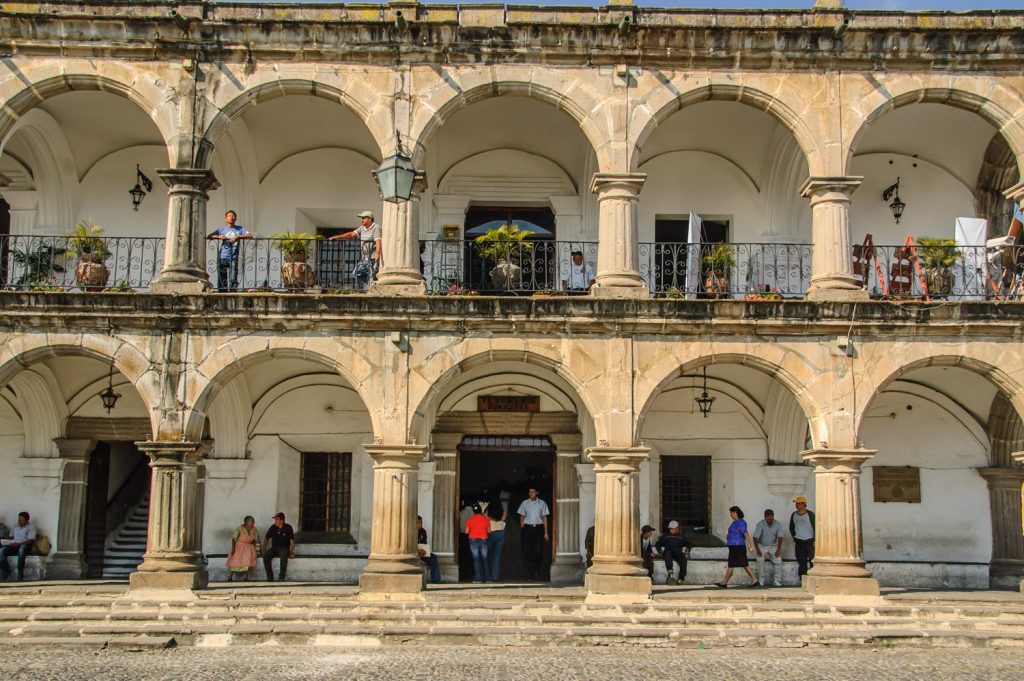
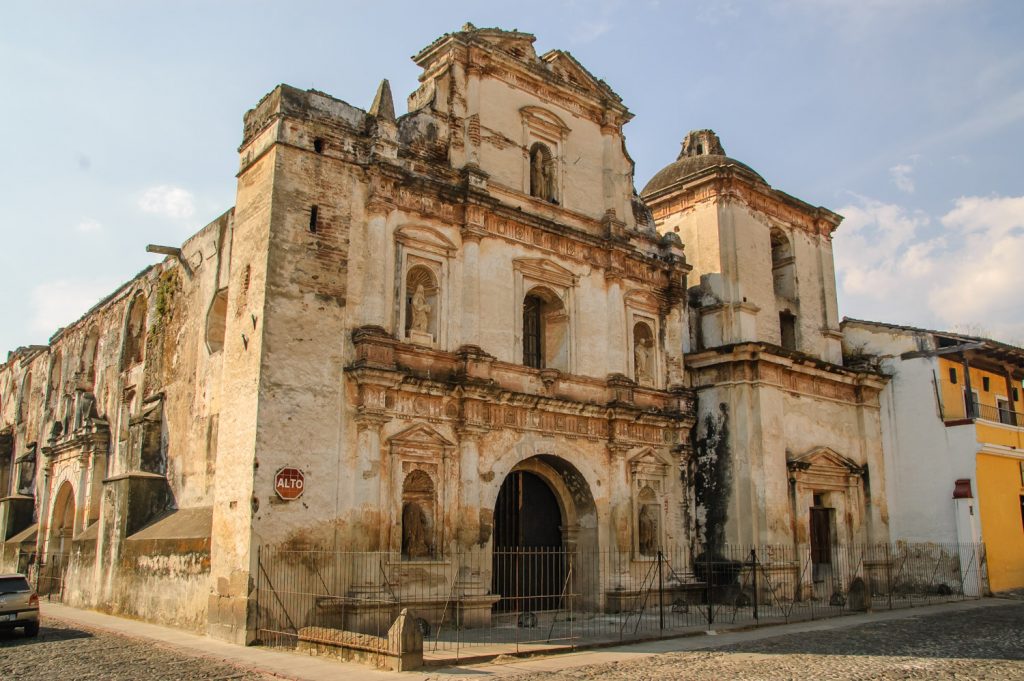
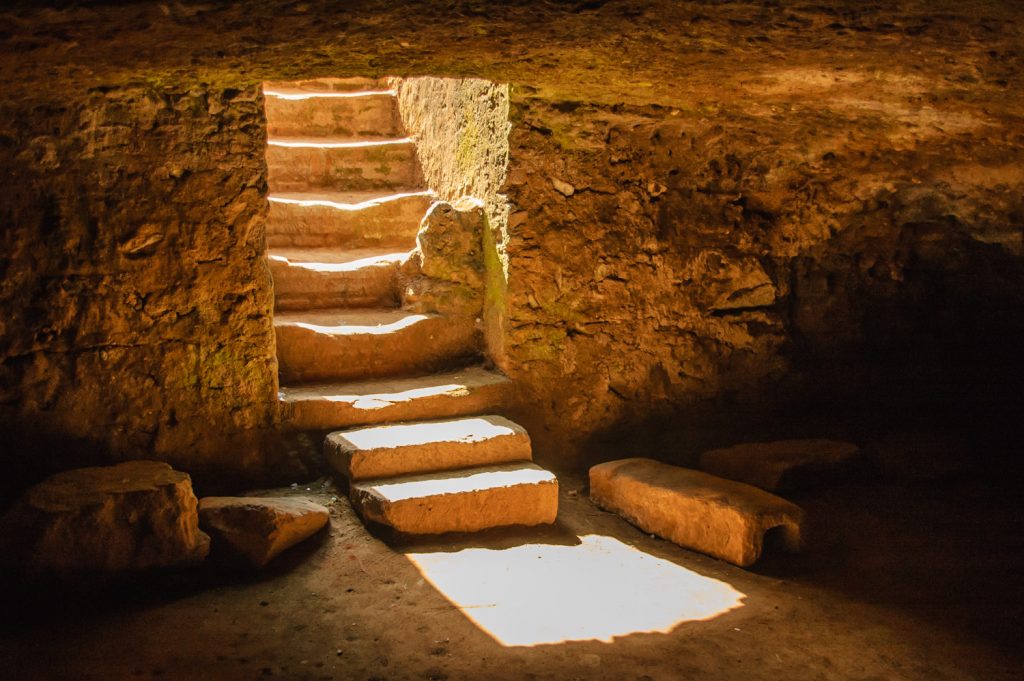
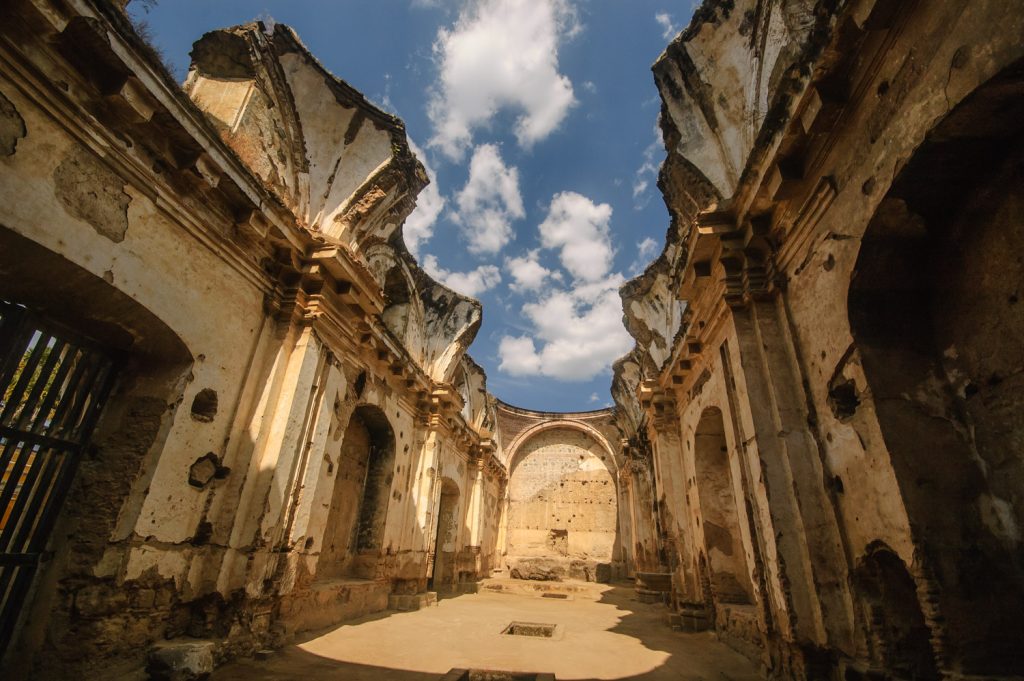
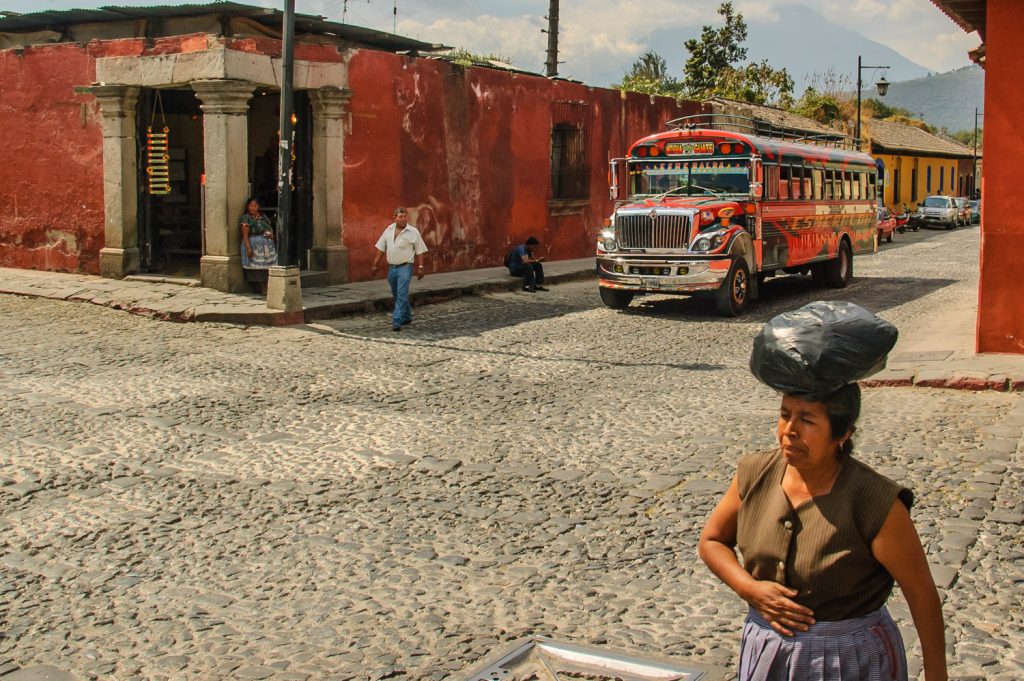
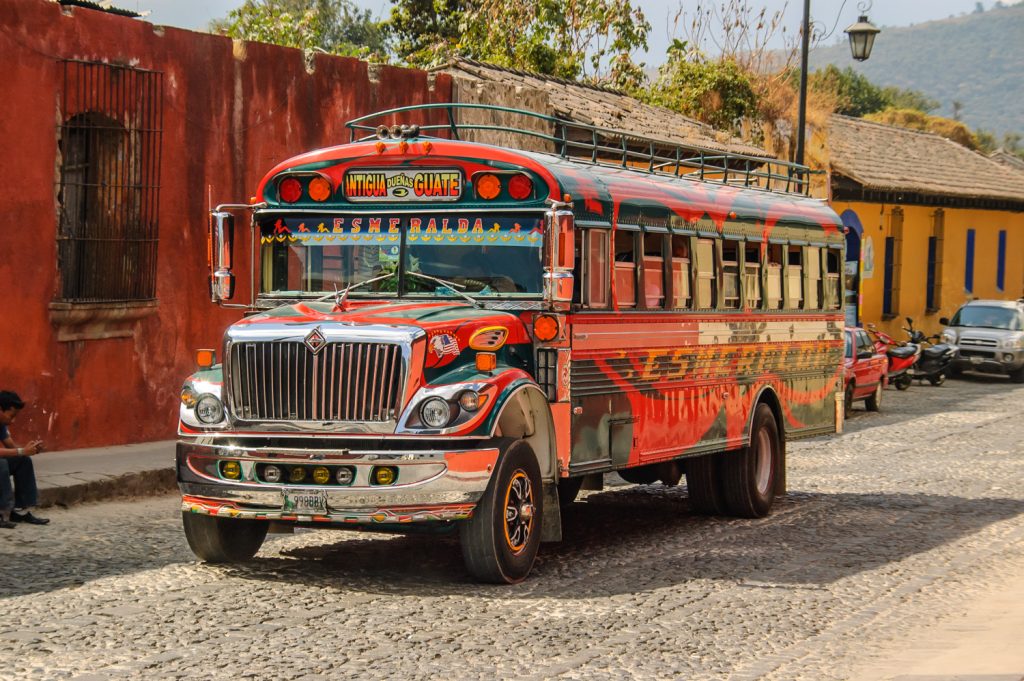
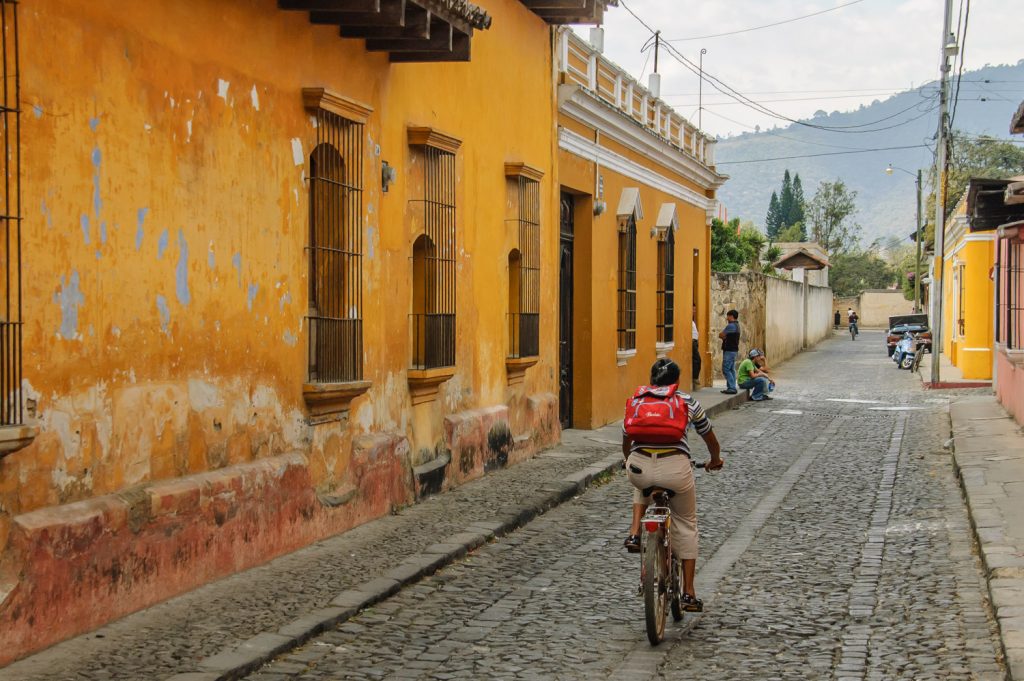
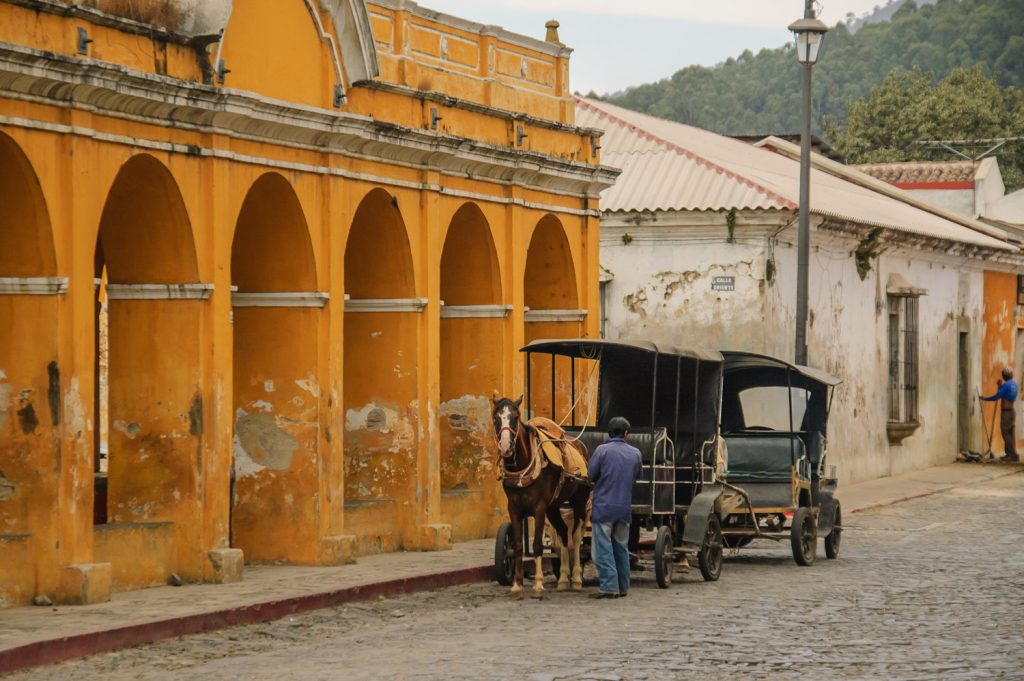
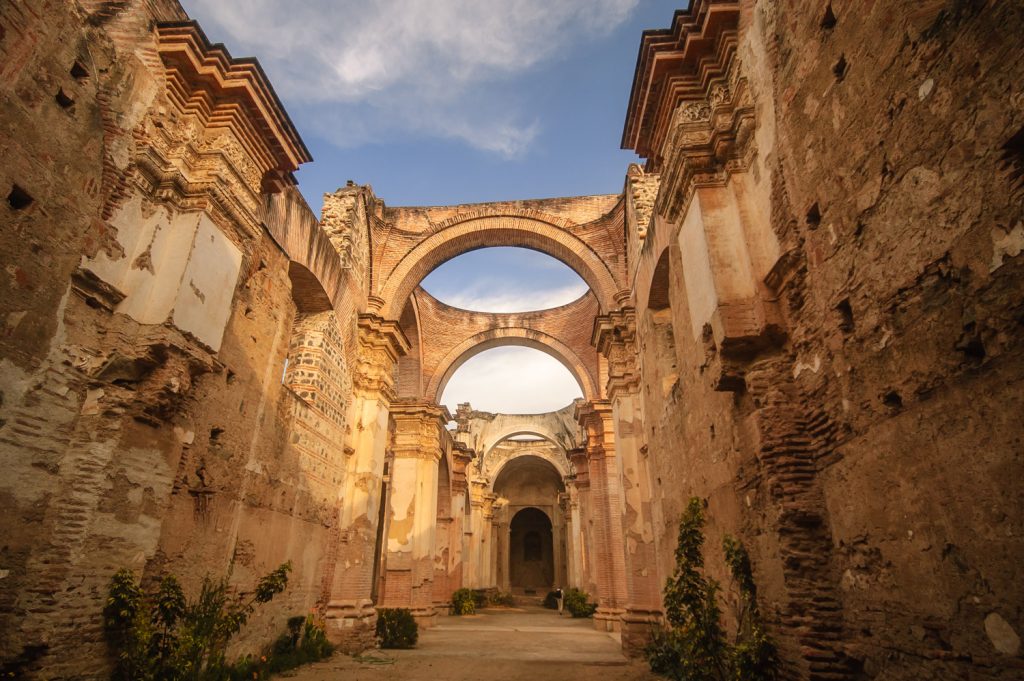
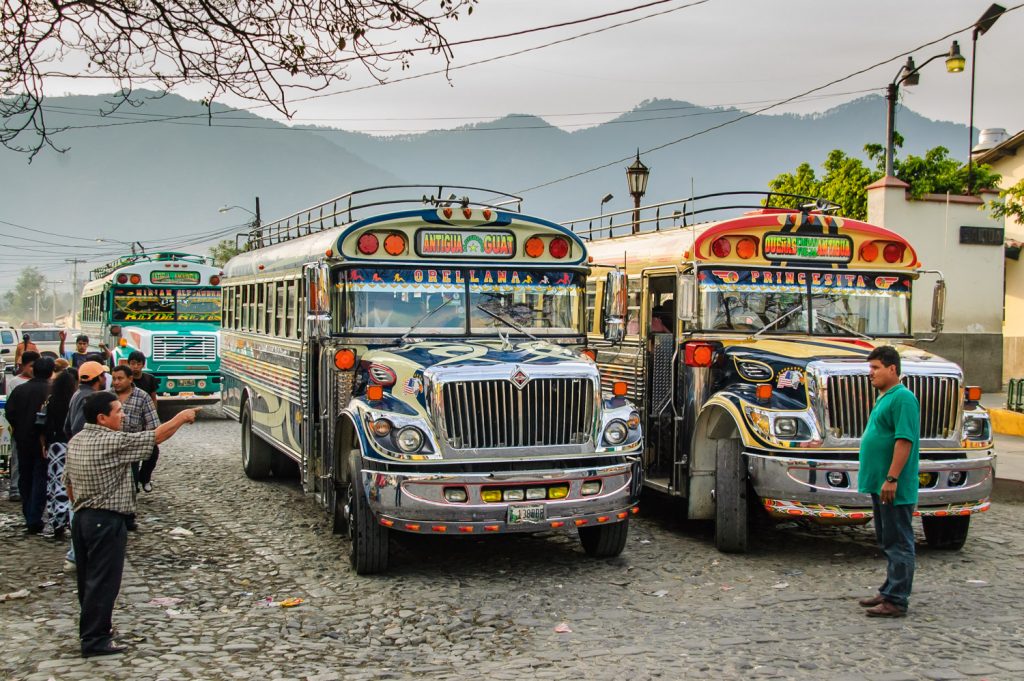
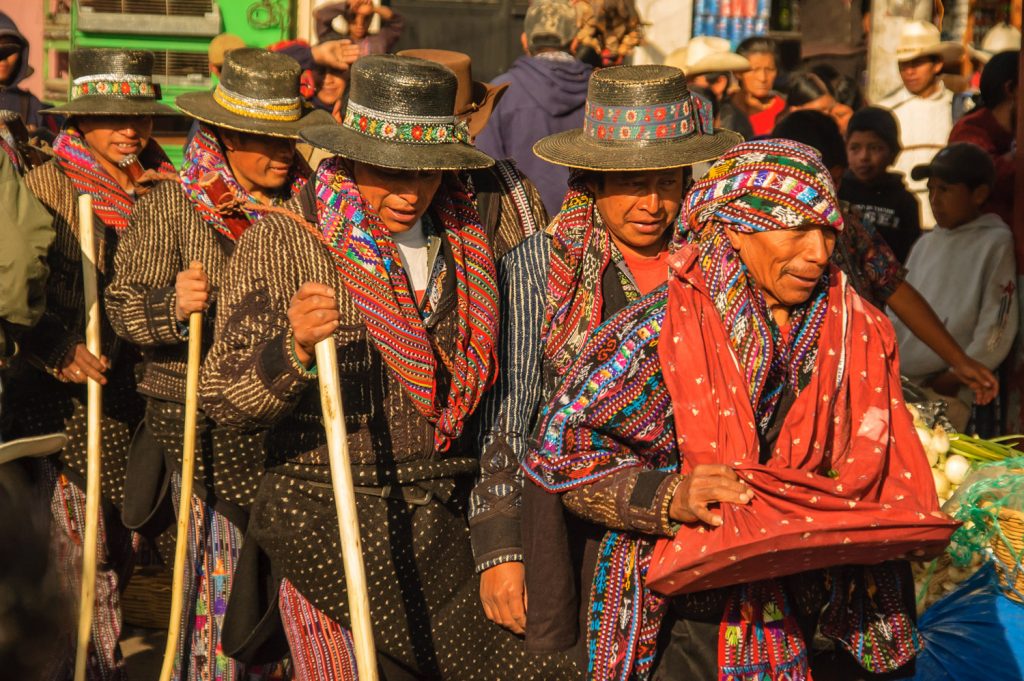
Today was market day in Sololá, the main town up the mountain from Panajachel. Unlike some of the other markets, like Chichicastenango, that feature items geared to tourists, this one is mainly for the local indigenous people. In this area the costumes are particularly interesting as people from different villages wear different outfits.
Here again I took pictures of a group of cofradia parading through the streets and collecting money from people (first two photos), as well as many of people and interesting products.
This is the last of the markets I plan to visit. Tomorrow I head to the former colonial capital of Antigua for a couple of days. It was there that I studied Spanish for seven weeks in 1993.
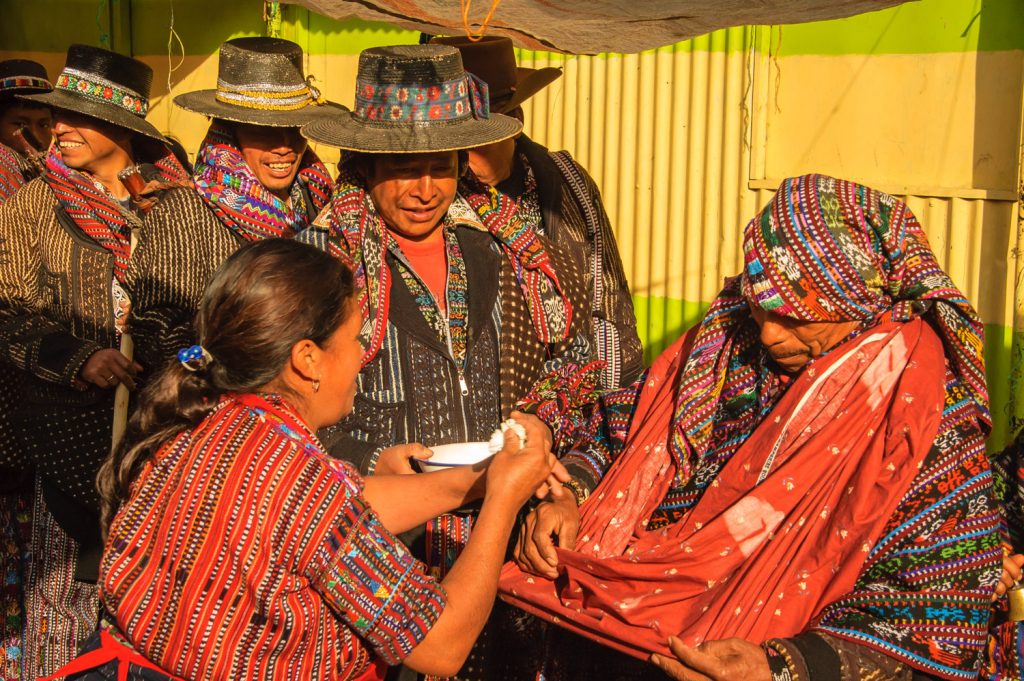
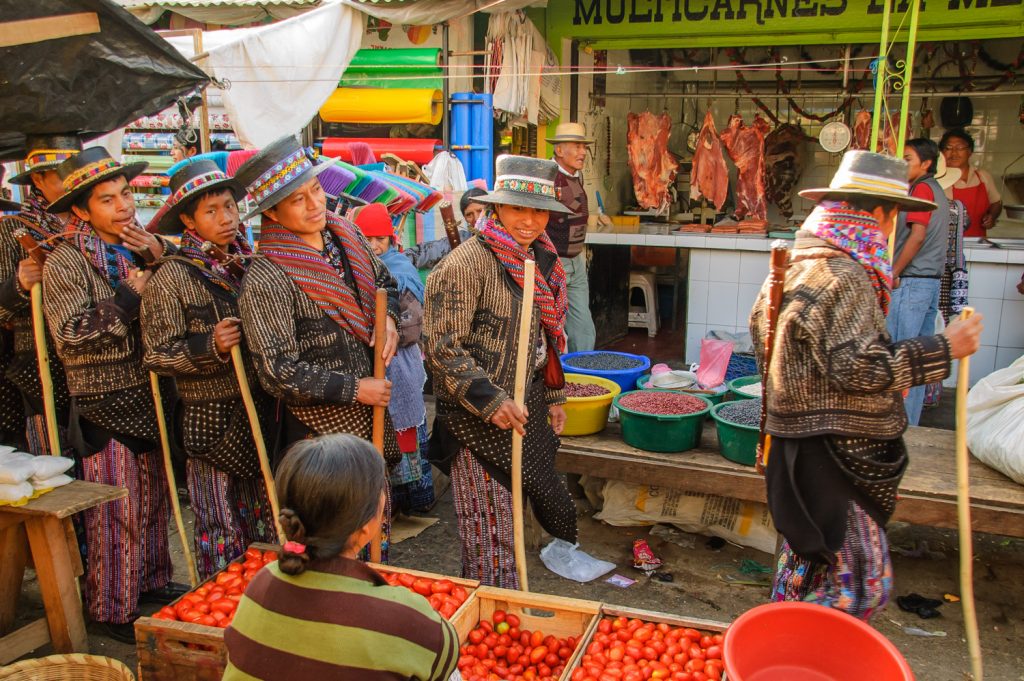
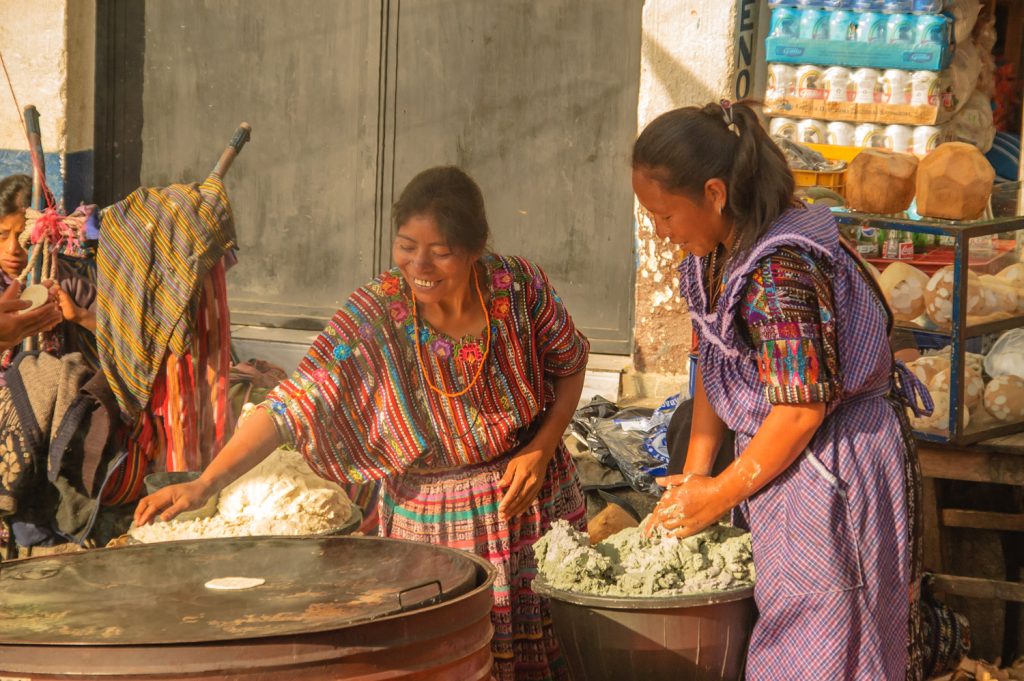
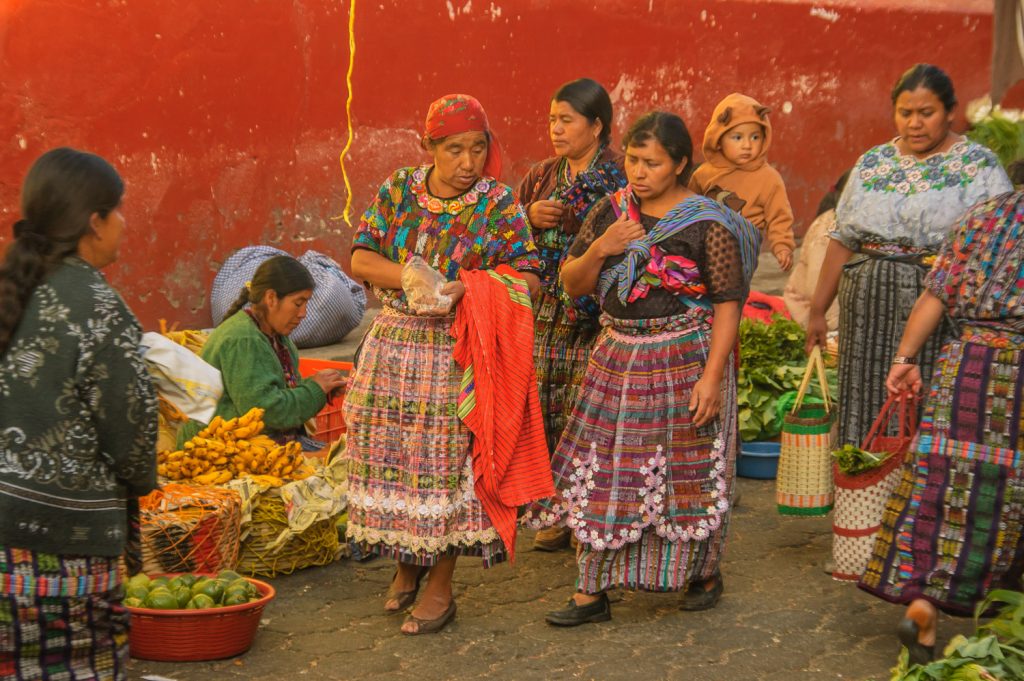
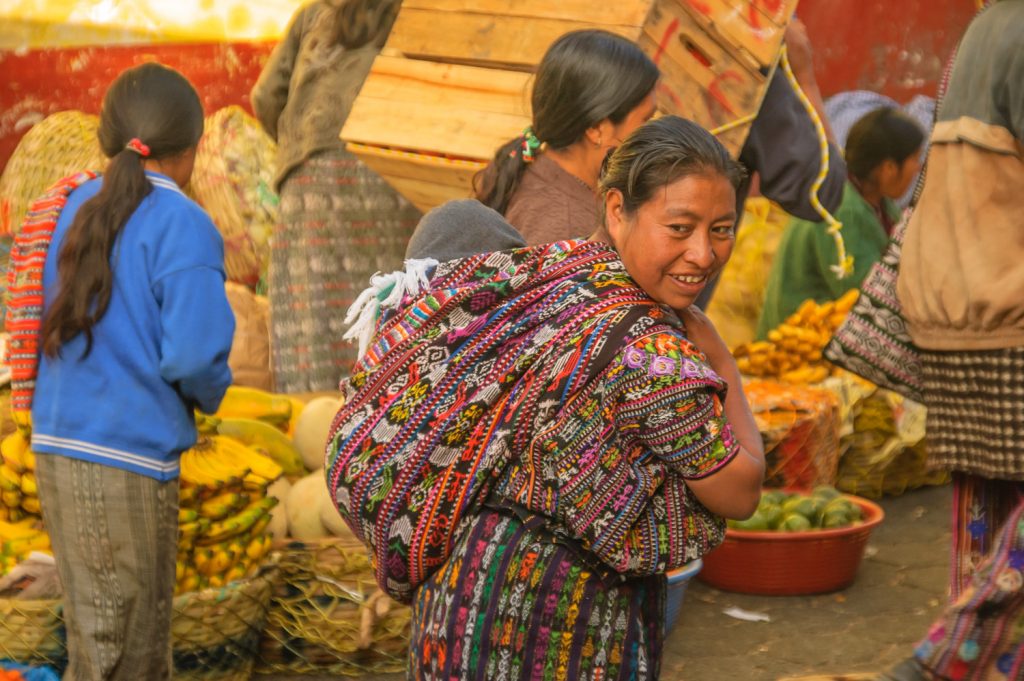
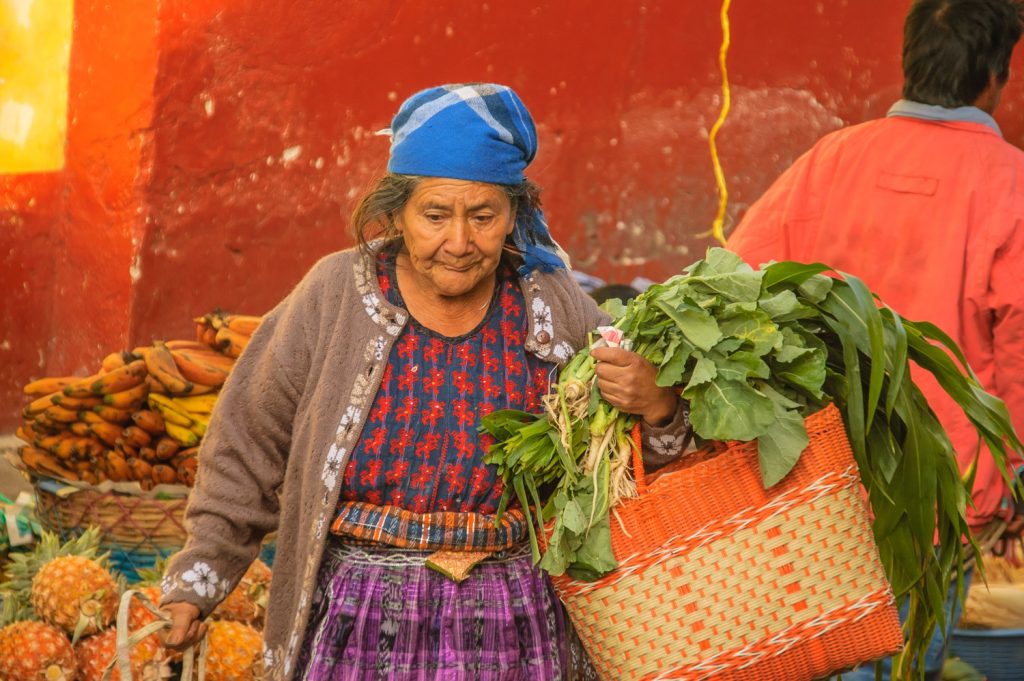
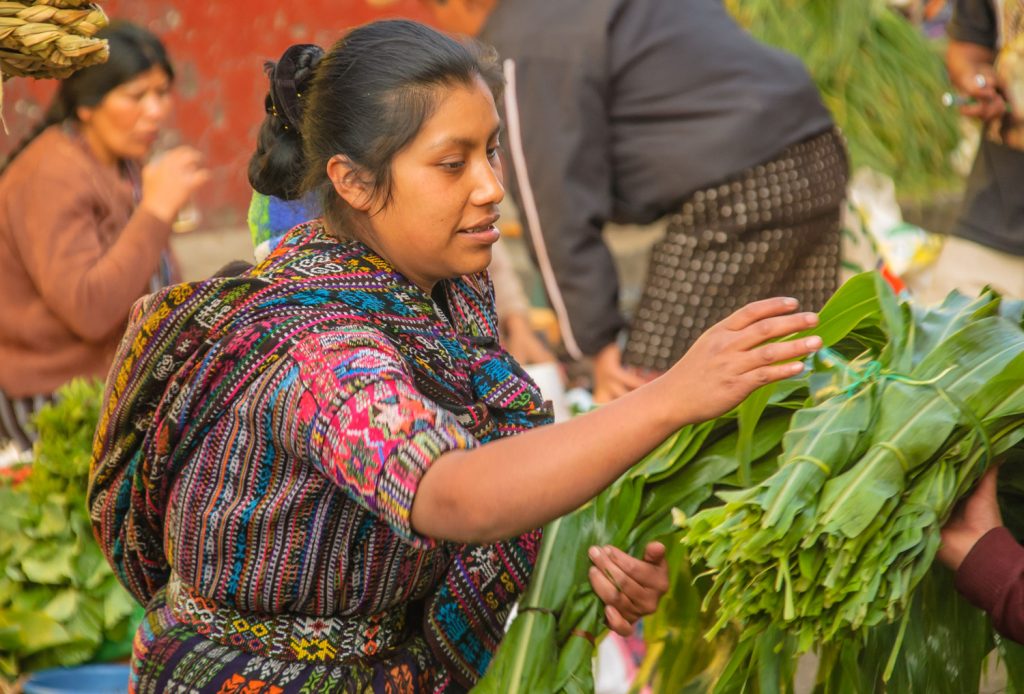
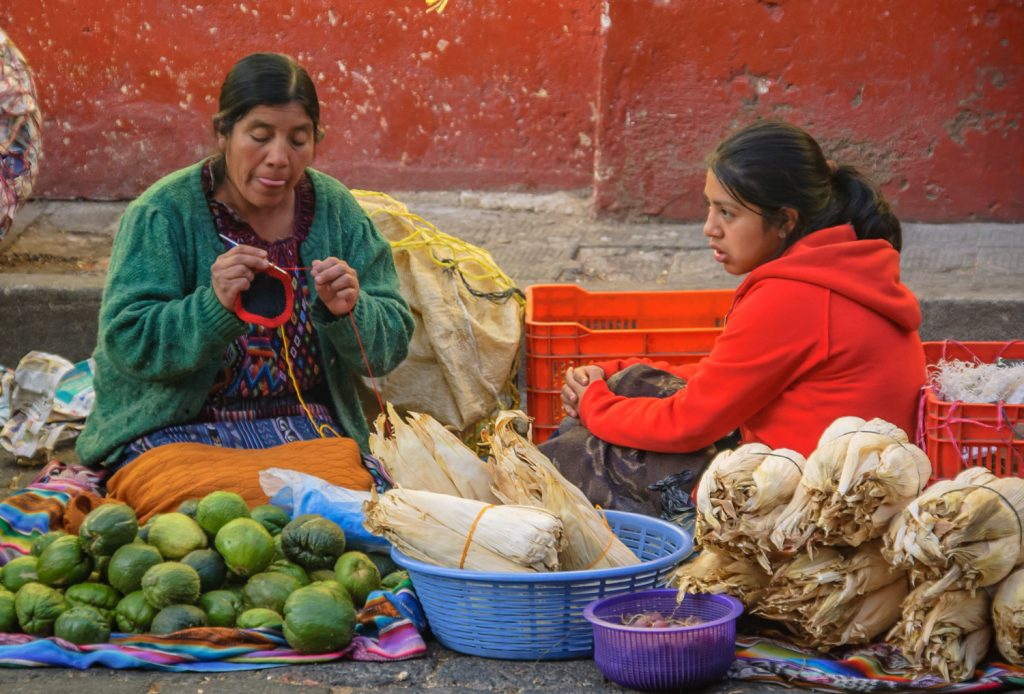
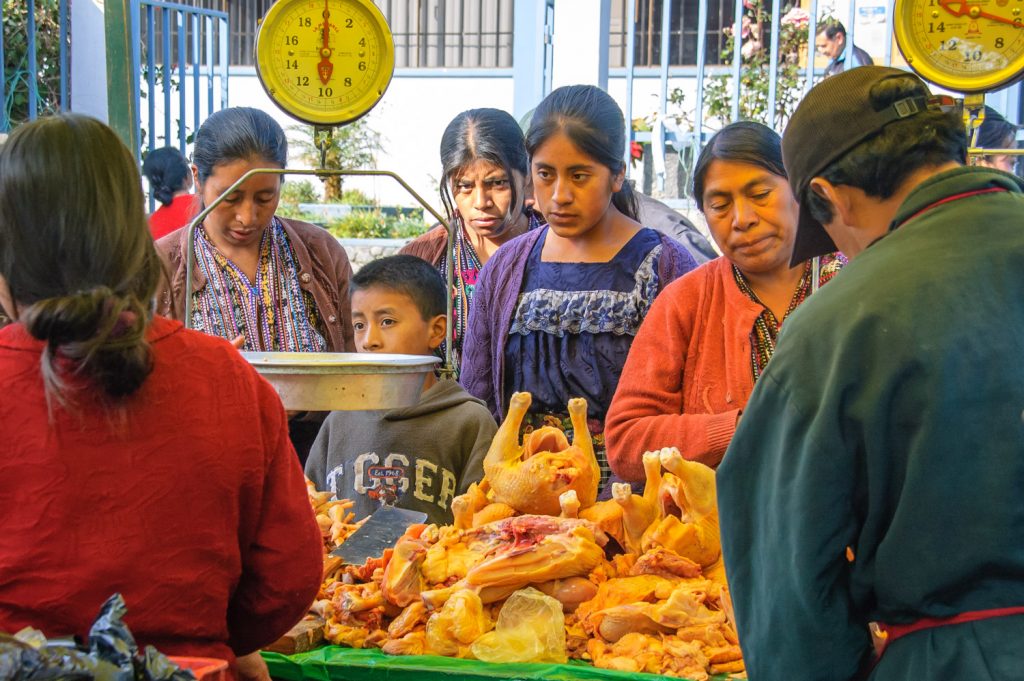

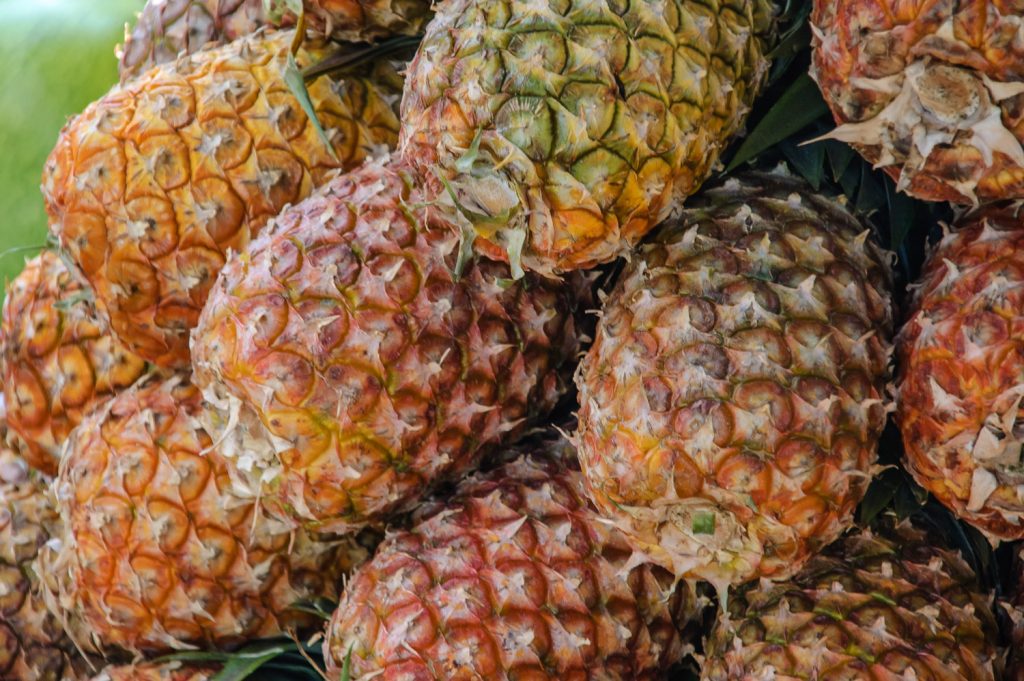
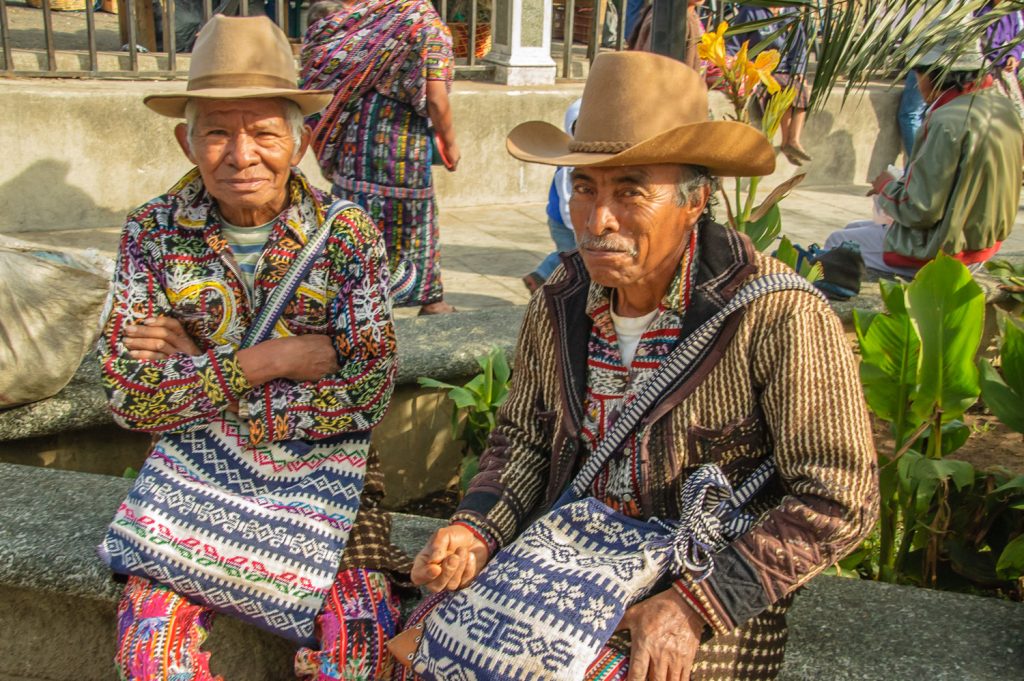
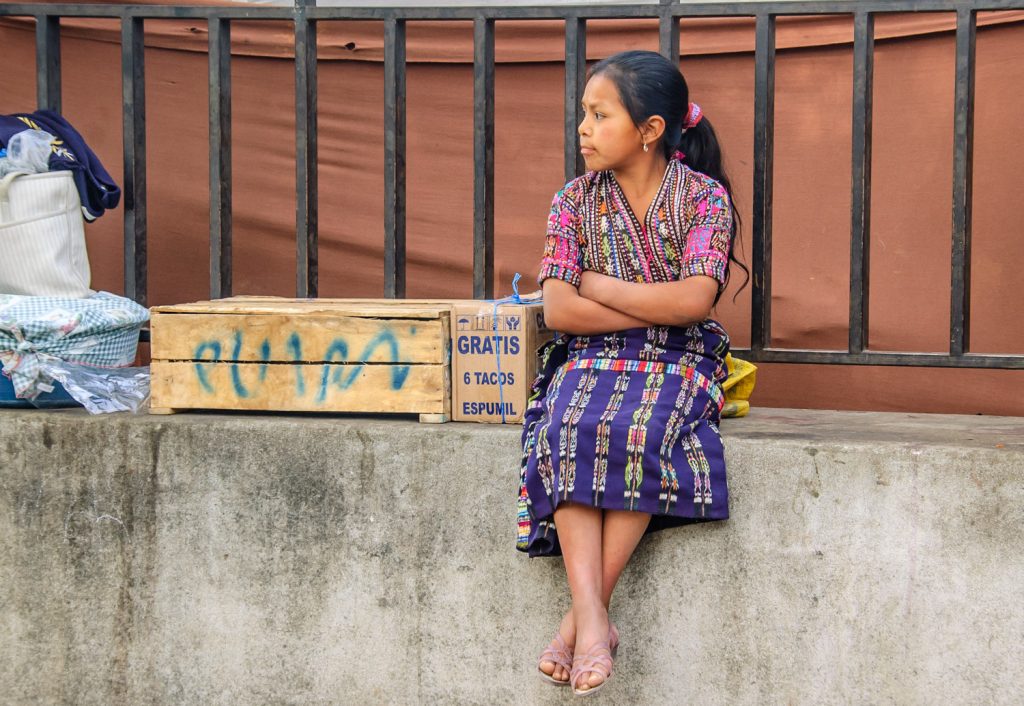
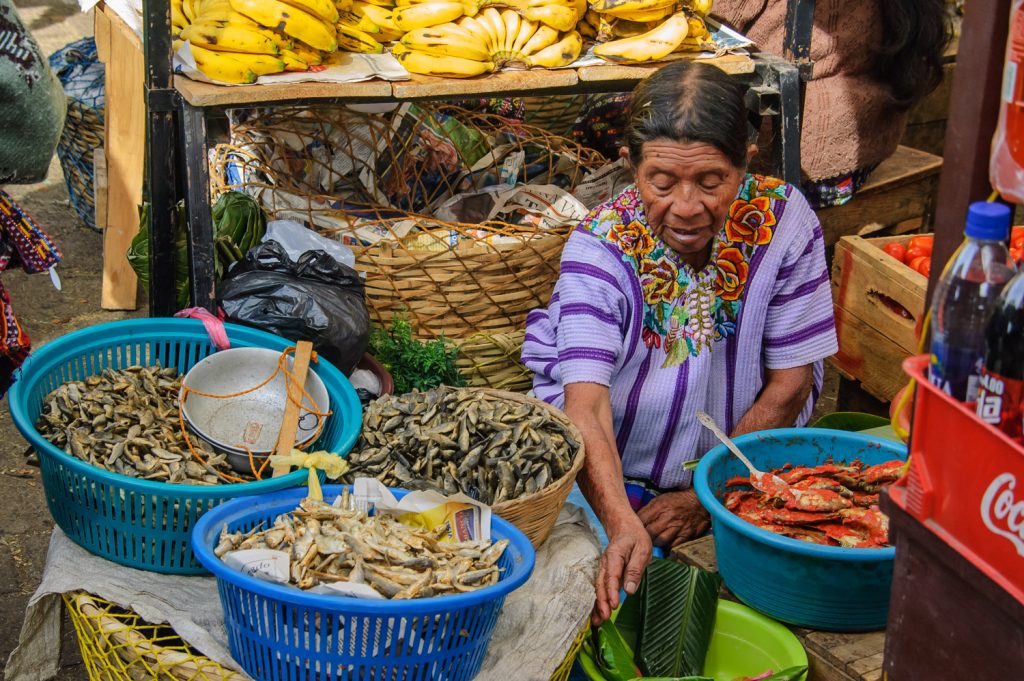
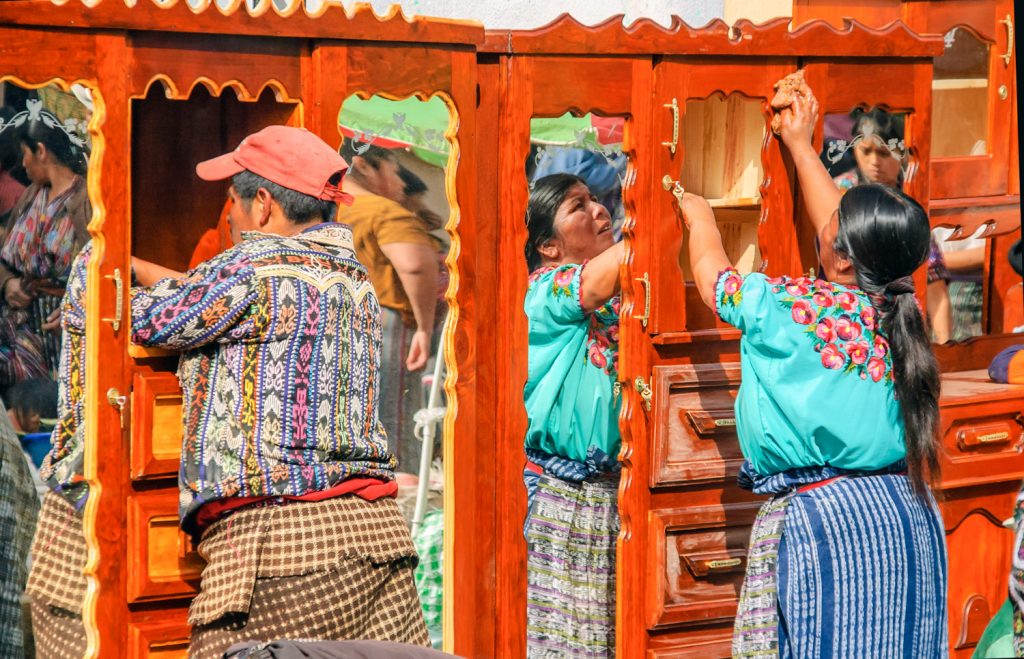
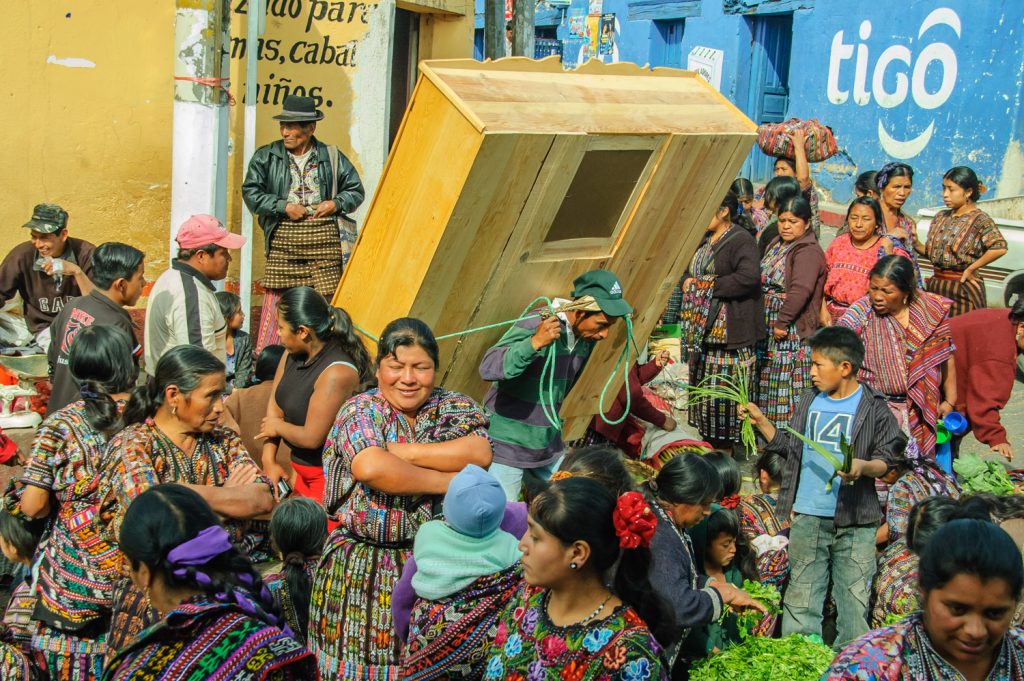
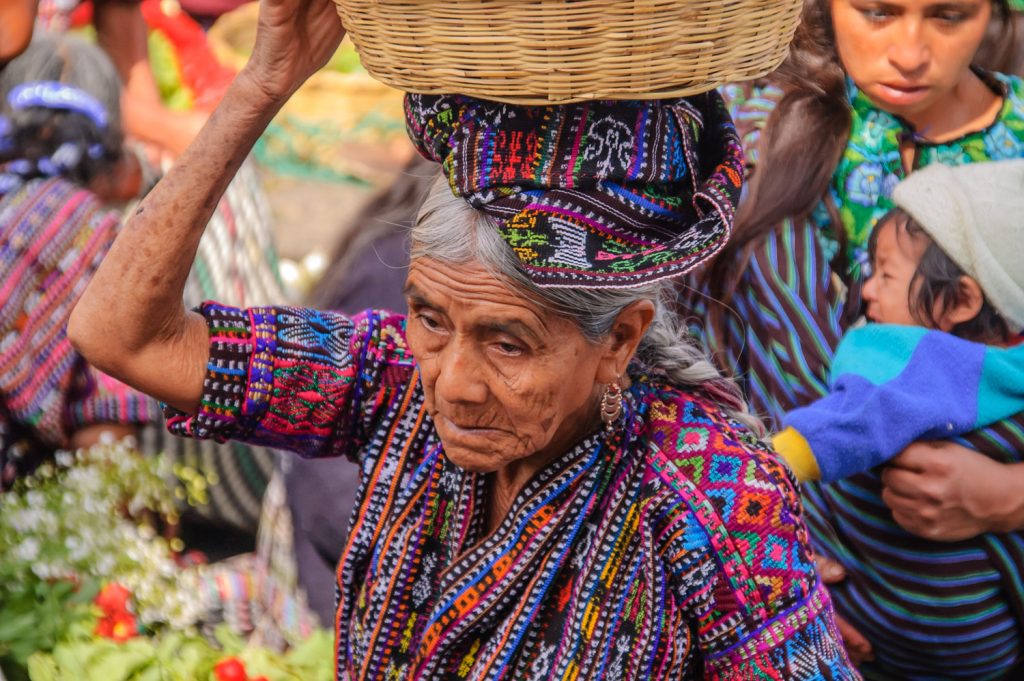
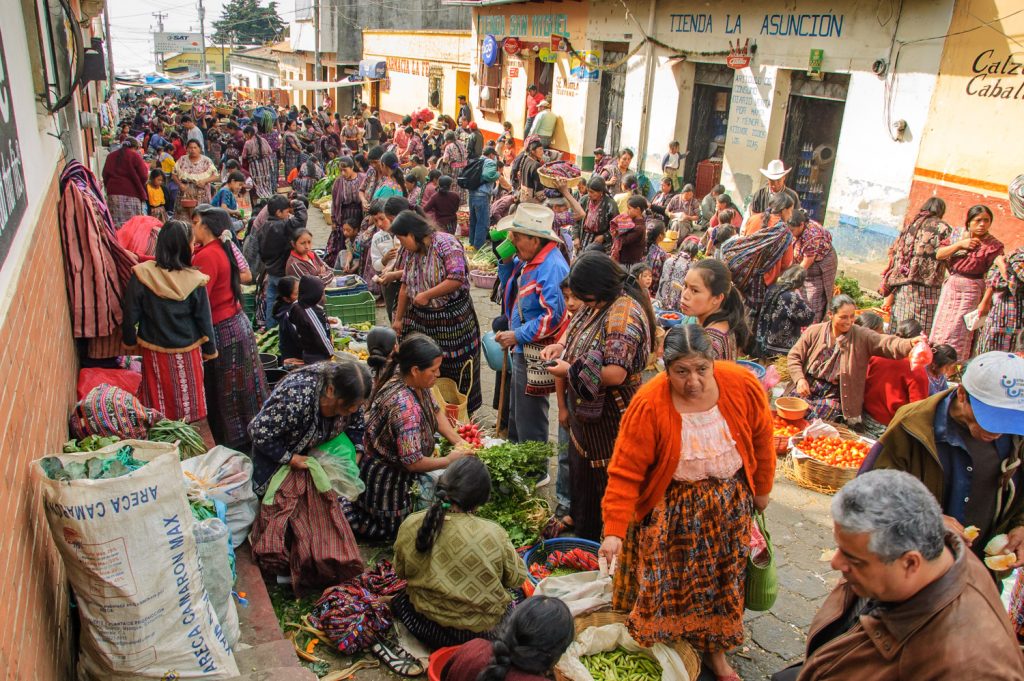
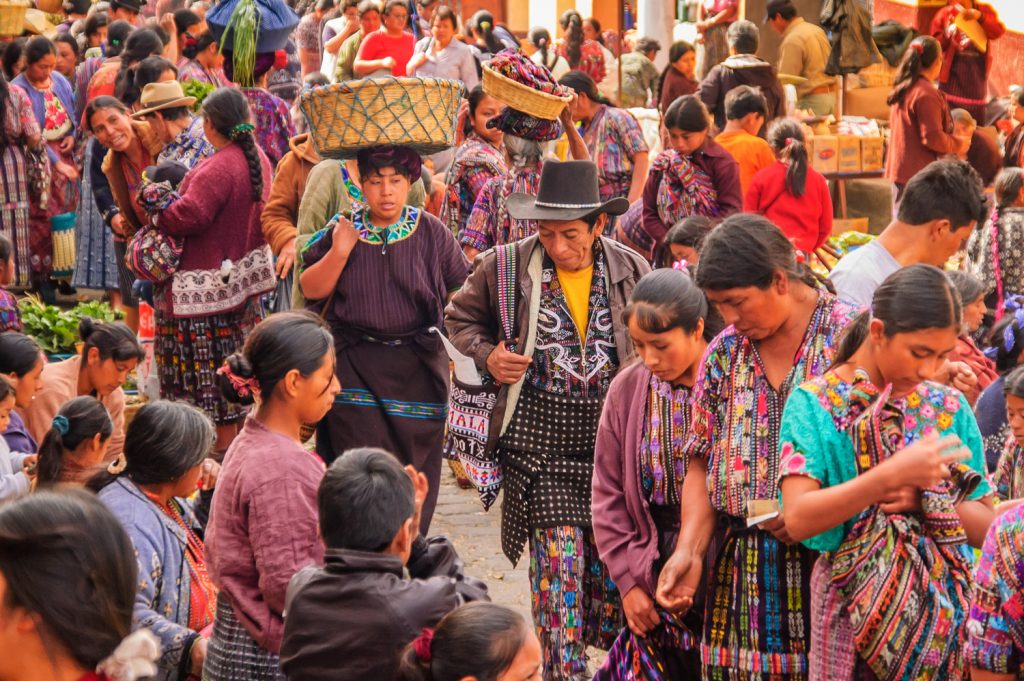
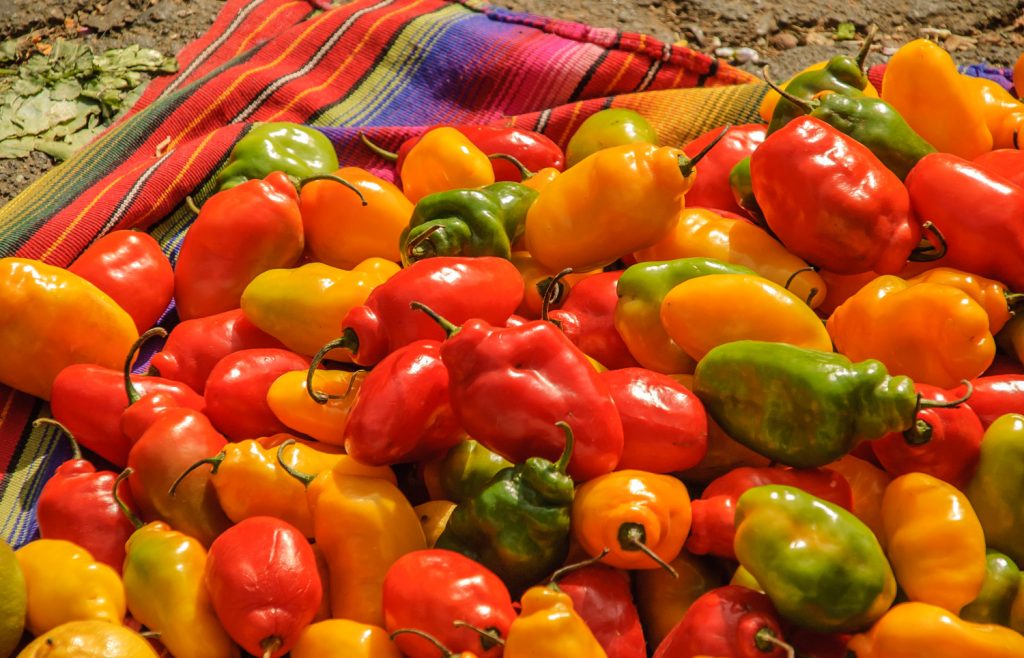
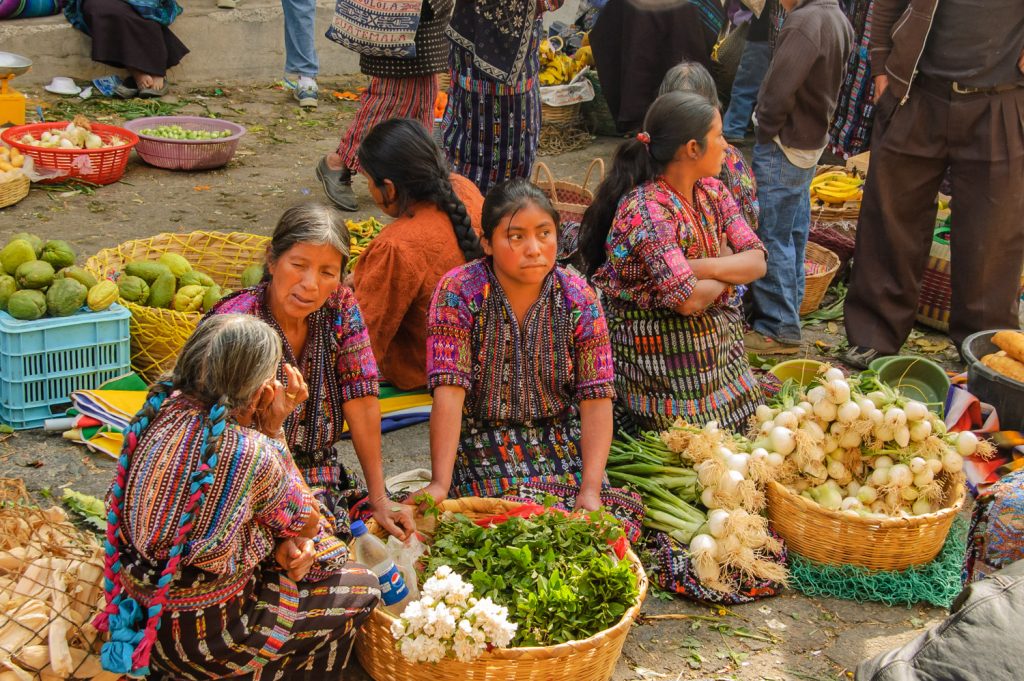
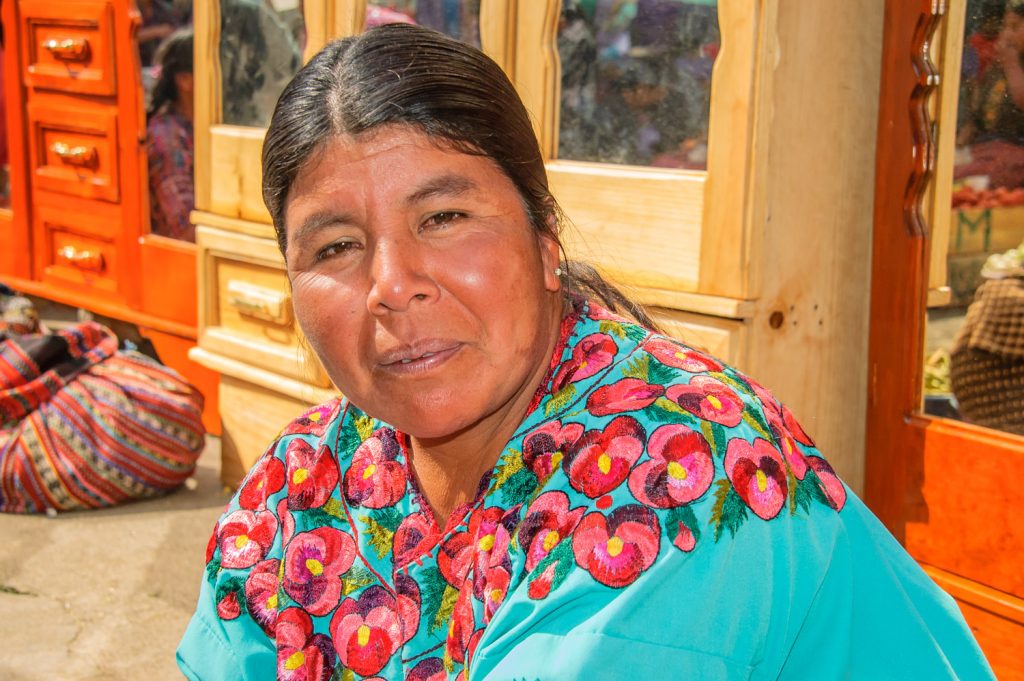
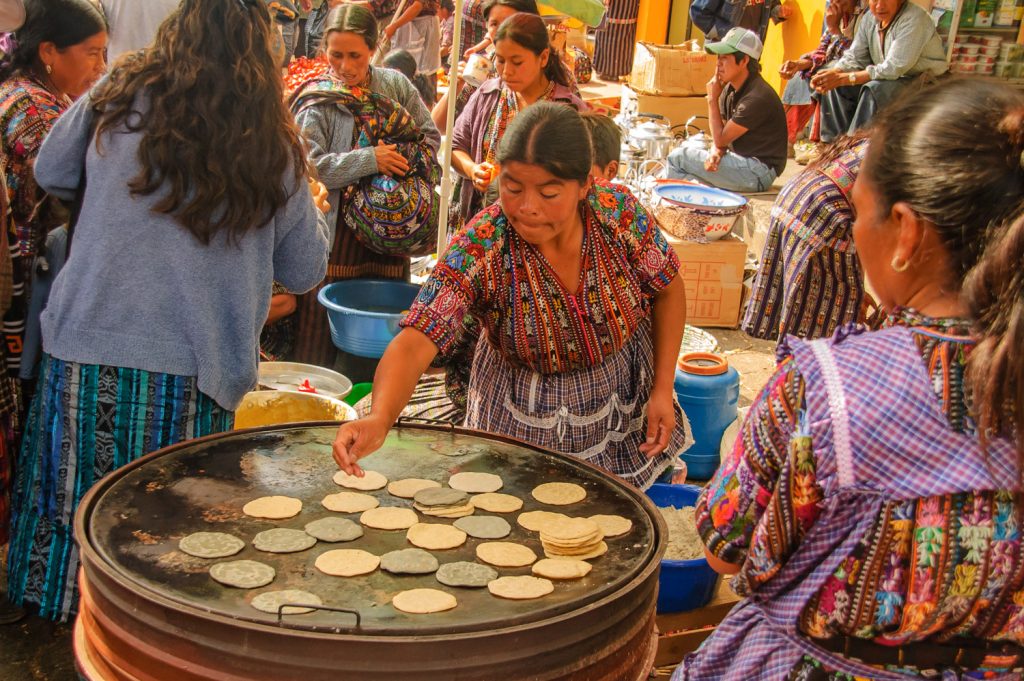
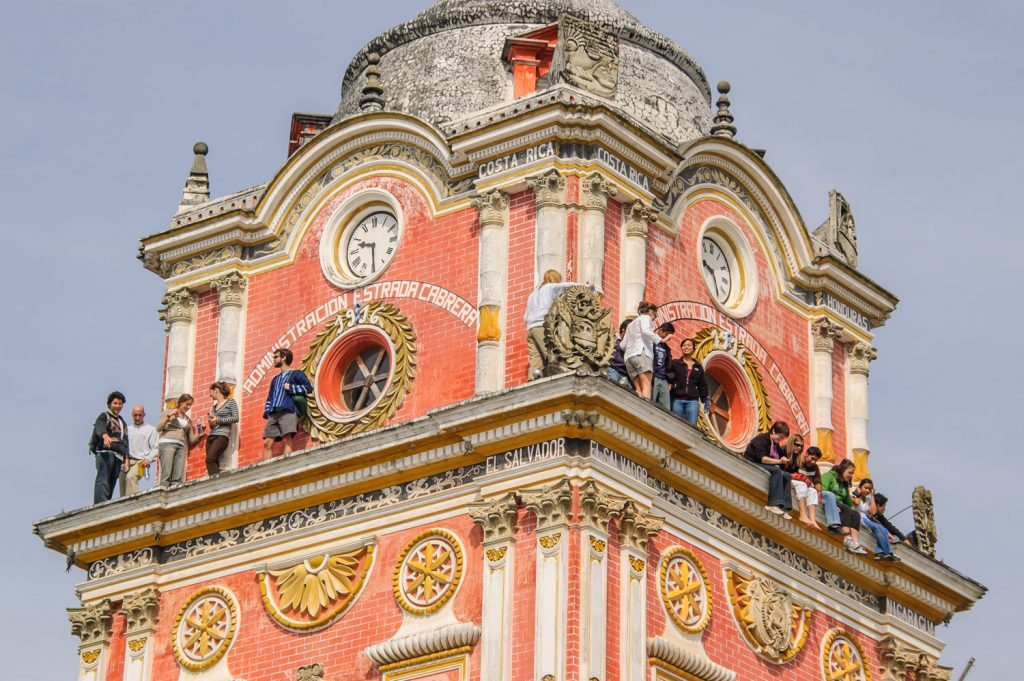
A clock tower at the municipal building in Sololá makes an interesting vantage point for fearless tourists. (Richard McGuire Photo)
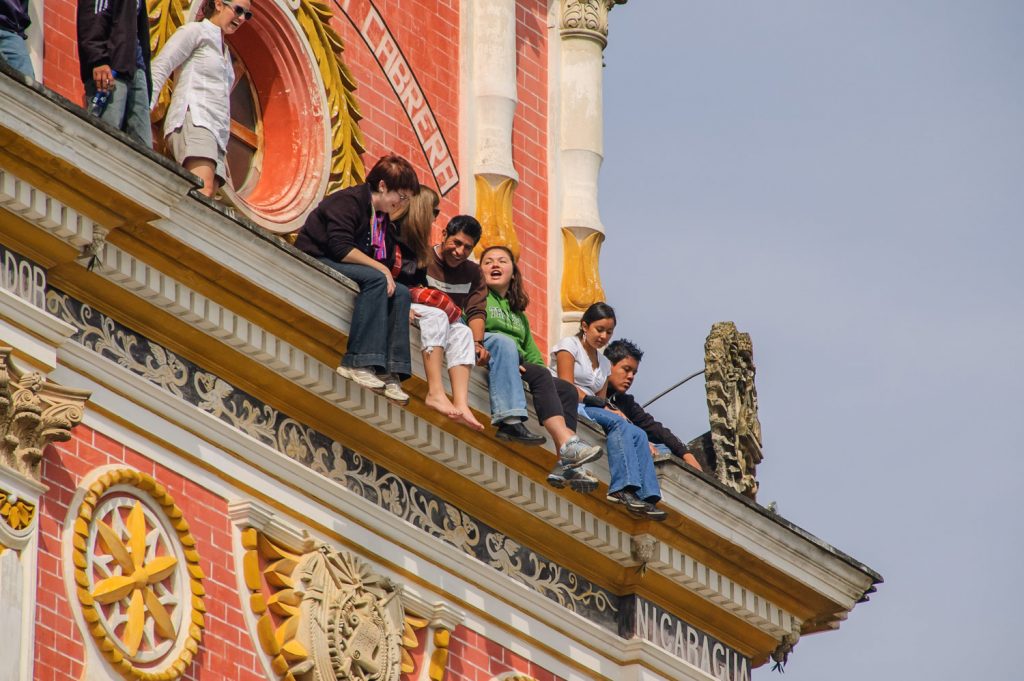
In my post of December 28, Journey to the Ixil, I wrote about passing dangerous landslides on the bus between Coban and Uspantan. In today’s newspaper the lead story is that the hill collapsed at that spot and 34 travellers were confirmed killed in a landslide and another 60 are missing.
I was quite nervous when we drove over it, and might have been even more so had I known this tragedy would occur at the same spot just over a week later. I now see that two people were killed at the same spot on December 14.
Here’s an English story on CNN’s website:
http://www.cnn.com/2009/WORLD/americas/01/05/guatemala.landslide/index.html
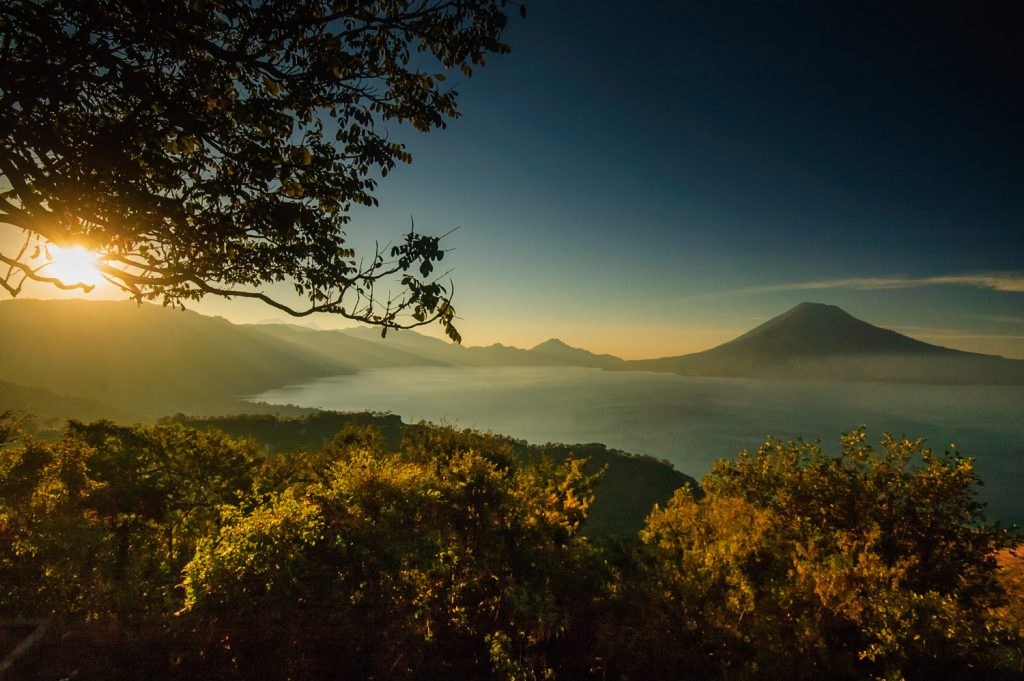
Lake Atitlan is one of those special places — one of my top ten most beautiful places in the world. I’ve been here previously in 1974 and 1993, but it still impresses me. Today was my day to explore it.
I was up before sunrise to catch a bus up the mountain to a lookout point of Lake Atitlan. I took pictures as the sun came up and cast its light upon the volcanoes.
After changing to a better hotel, I took a collective boat across the lake to Santiago Atitlan, which at 50,000 people is the largest town in the area. The Mayan culture is very strong there and people worship a god named Maximon, who chain smokes cigarettes and appreciates offerings of money and alcohol.
I hired a tuk tuk and driver two take me around. Tuk tuks are a recent innovation in Guatemala – they are a cross between a motorcycle and a rickshaw and are imported from India. The driver, Antonio, acted as a guide taking me around to some of the sites in Santiago.
From a viewpoint we looked out over the lake and volcanoes and could see many of the Mayan women washing clothes in the lake. We saw the site of a massacre of local people by the Army in 1990, where there is a grave of a five-year-old child – no doubt suspected of being a communist. And we visited the cathedral, built in the 1500s by the Spanish, and where an American priest was murdered by the Army in 1981 for being too progressive. We saw part of the community that was abandoned after a volcanic eruption of Toliman in 2005 that killed a number of people when mud came down the mountain. There was an abandoned hospitable, school, and police station.
And of course we visited that god Maximon, who I placated with the required offering in order to take his picture.
After that, I took another boat to another shoreline community, San Pedro. There were a number of tourists there, but more of the laid-back, semi-hippie type and then the hard-core tourists in Panajachel. It actually looked like a pleasant place to stay and maybe study Spanish if I had more time.
Finally I caught another boat back to Panajachel. I regret that they no longer run the slow boat that stopped at all the indigenous villages and which I took in 1993. The boats they use now are very fast and some of the pleasure of the trip is gone.
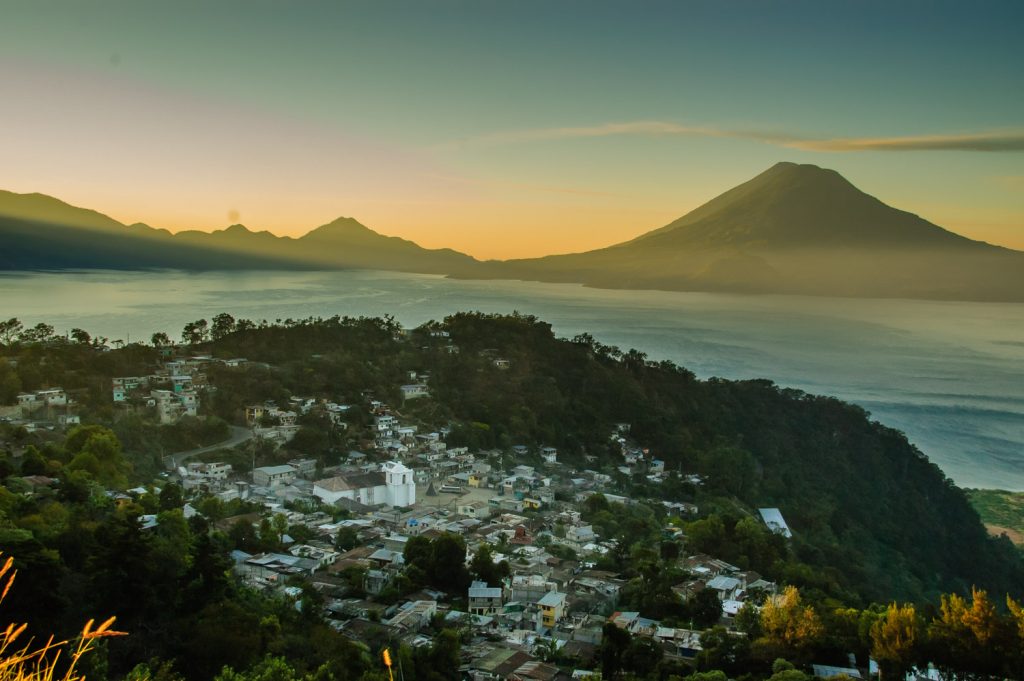
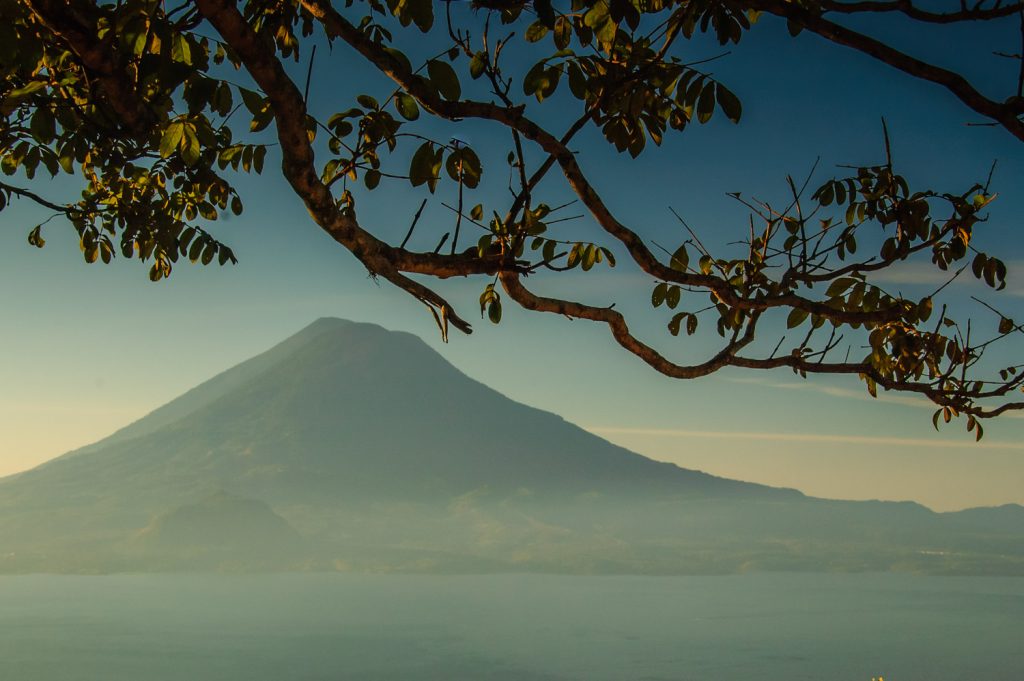
As the sun climbs in the morning, it lights the volcanoes surrounding Lake Atitlán in central Guatemala. (Richard McGuire Photo)
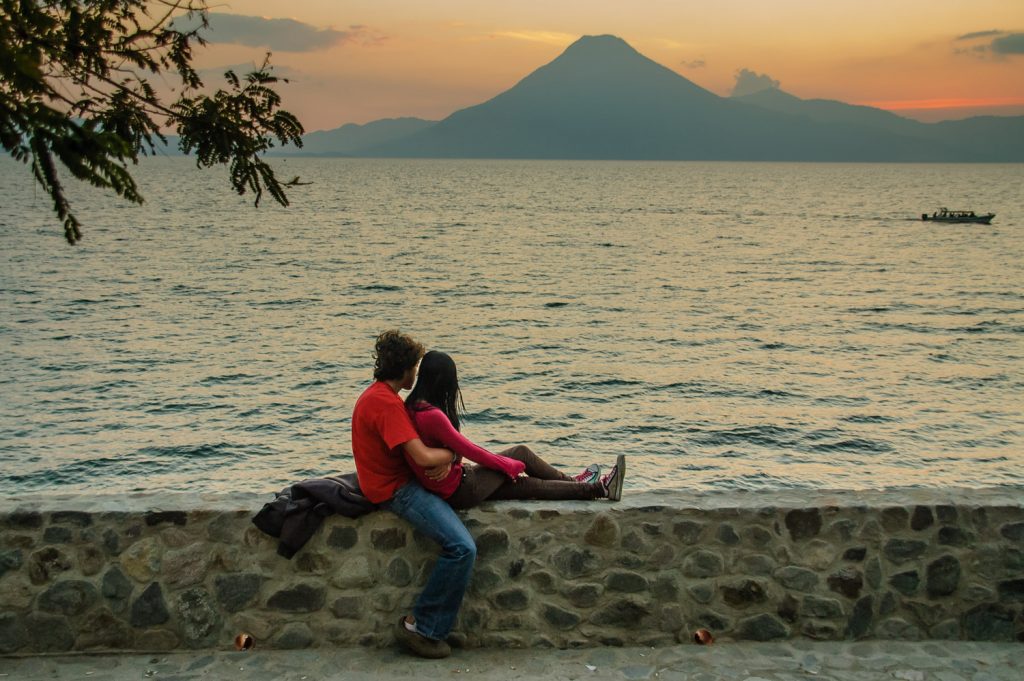
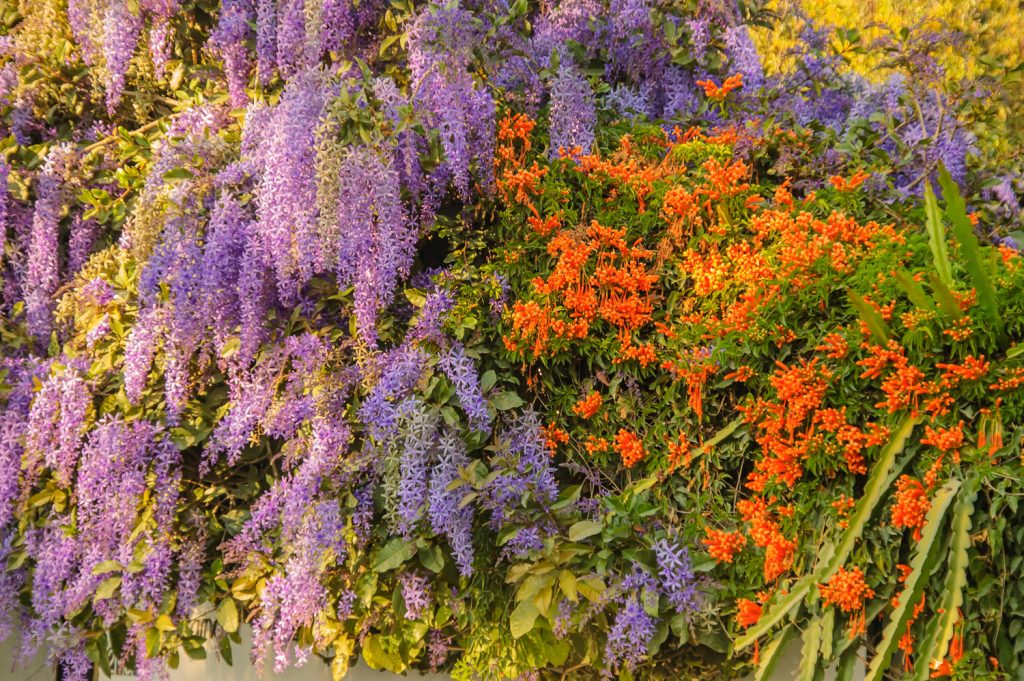
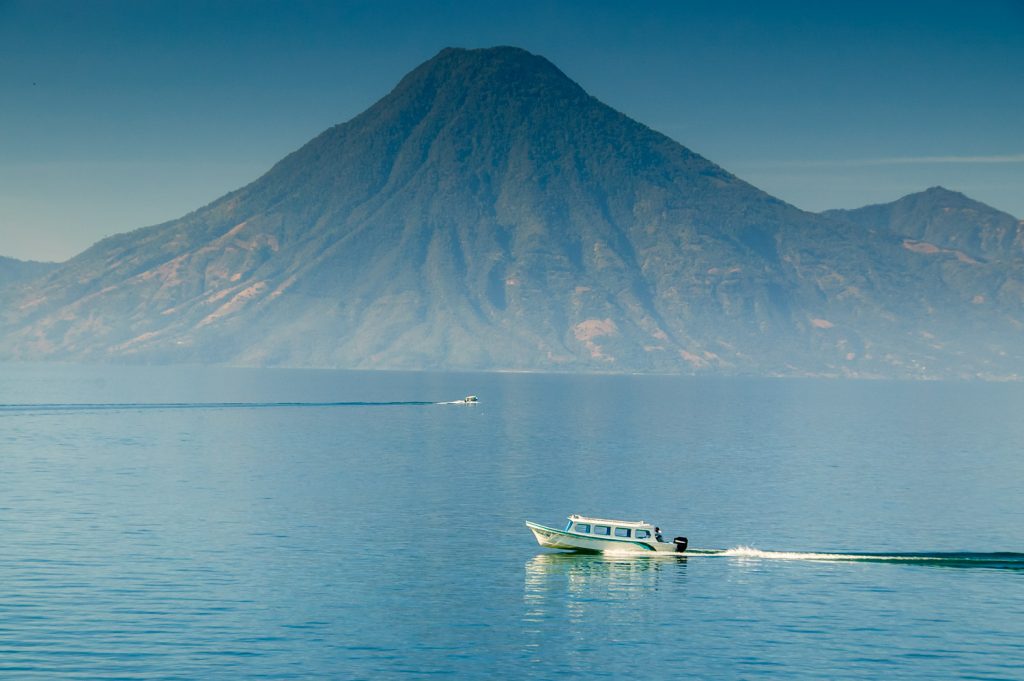
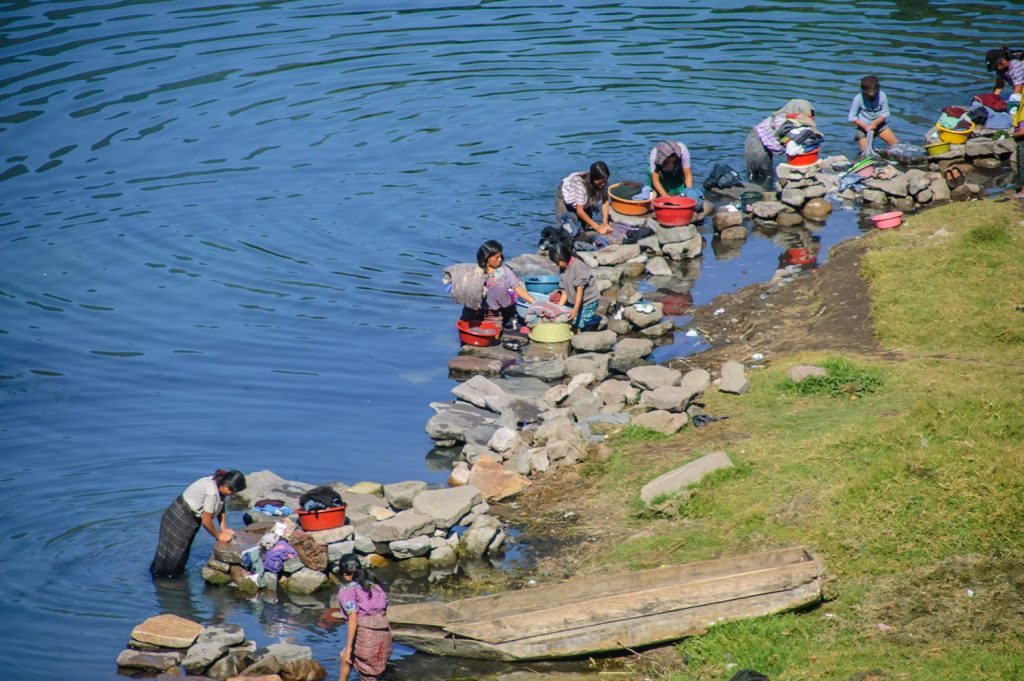
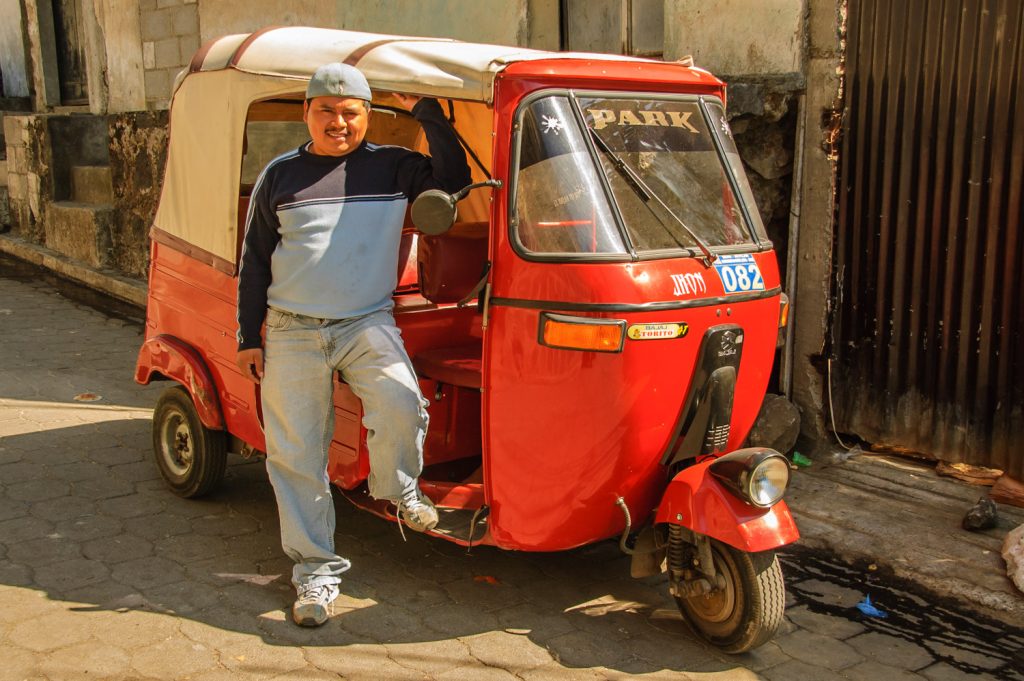
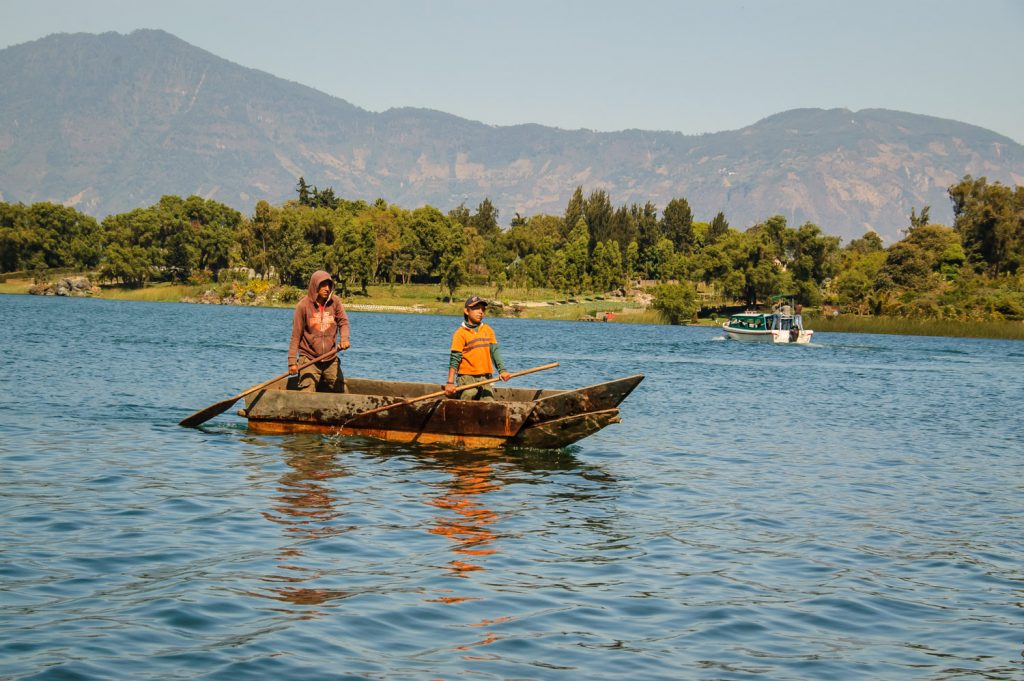
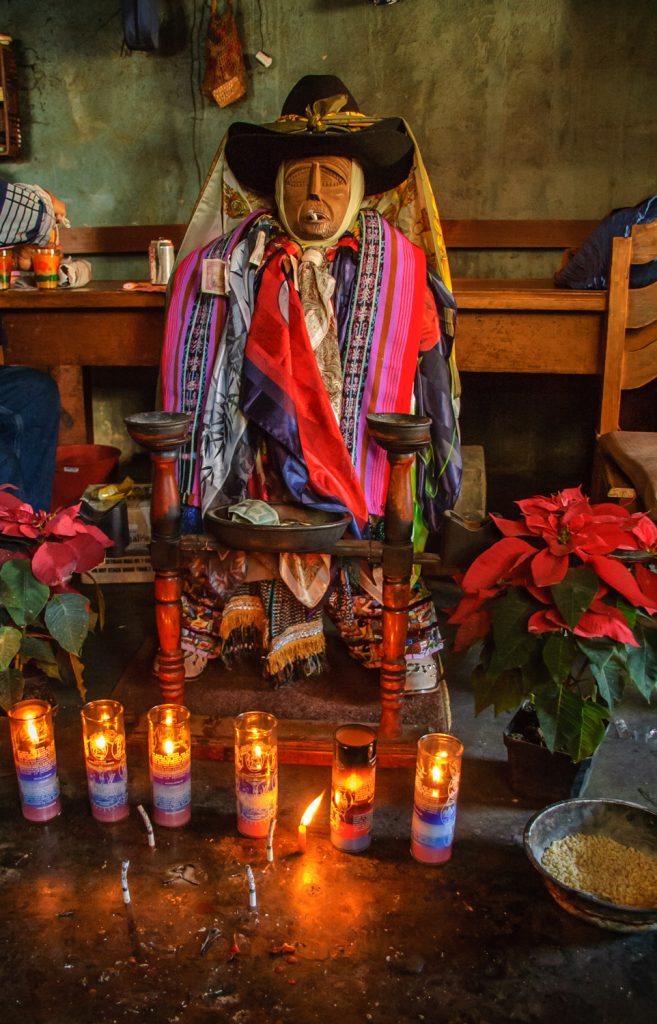
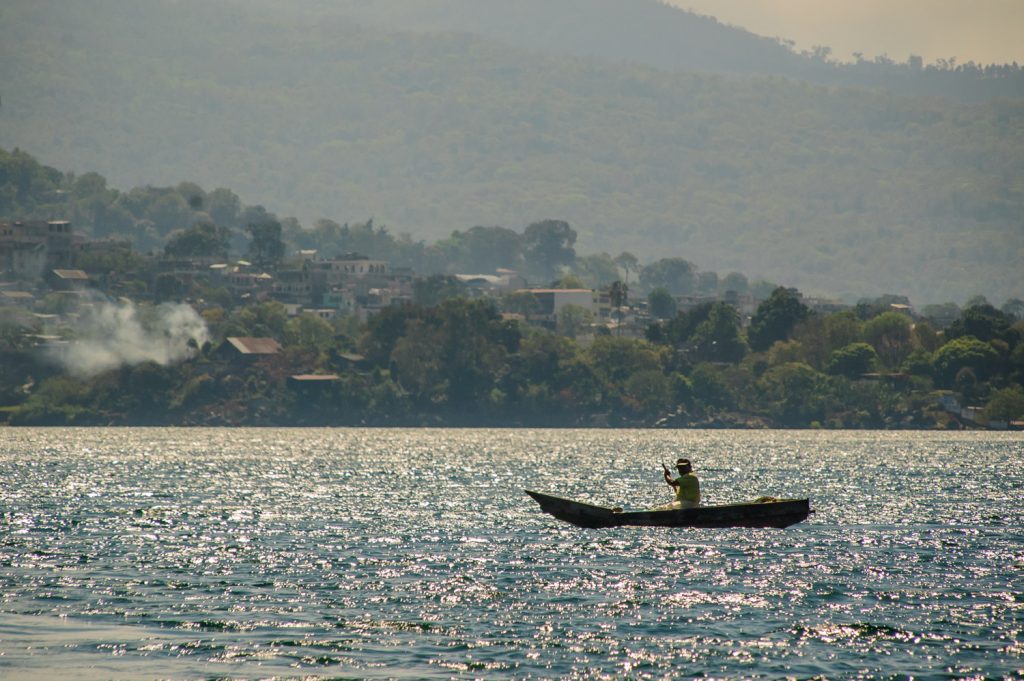
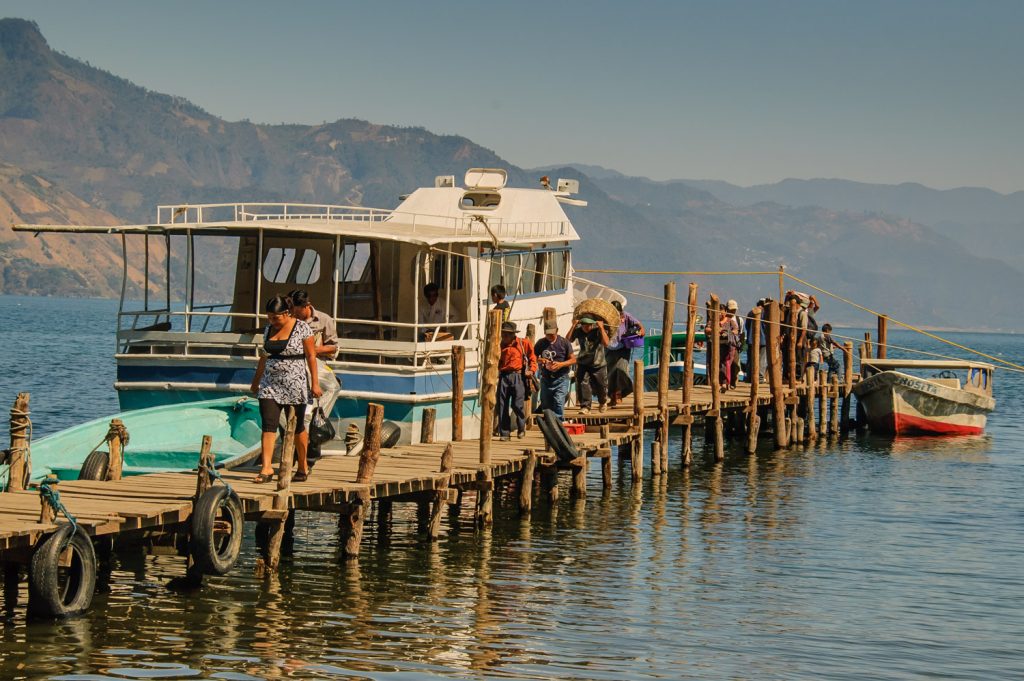
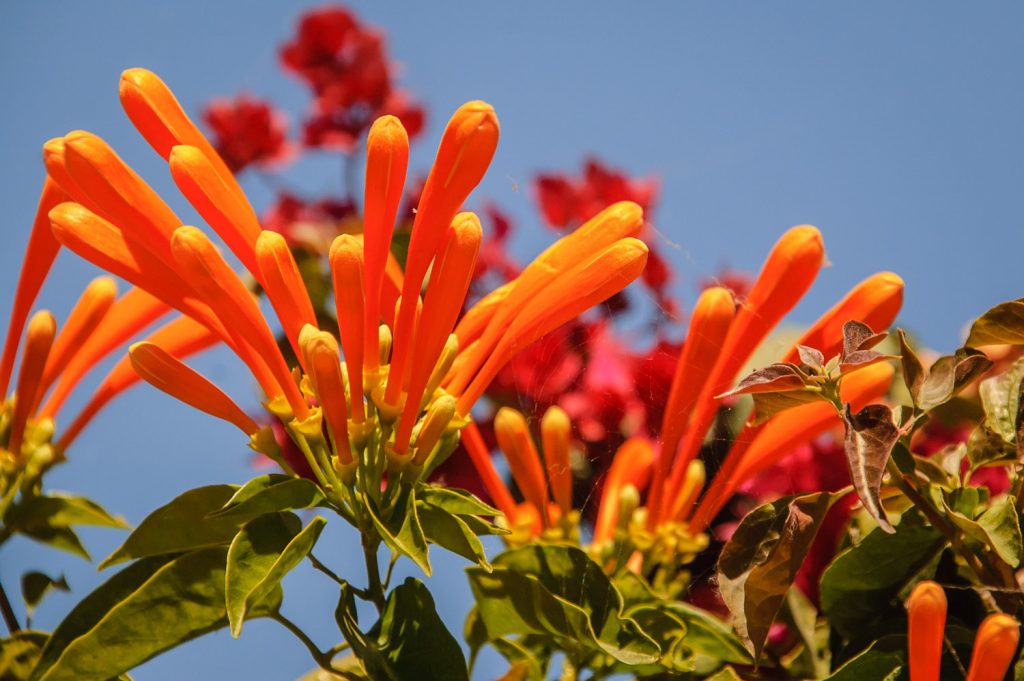
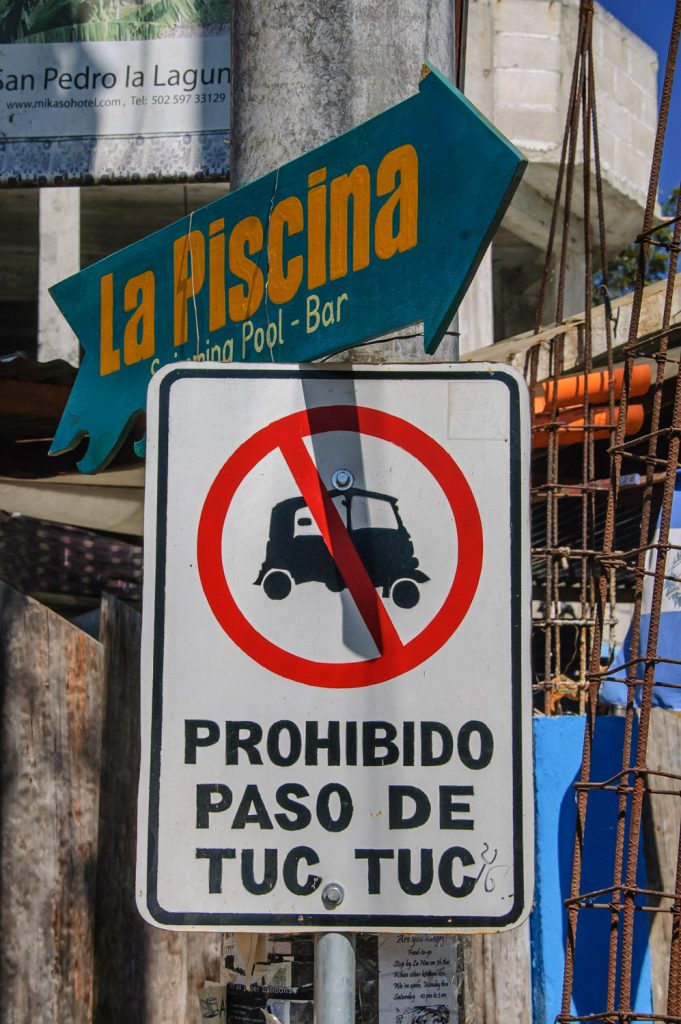
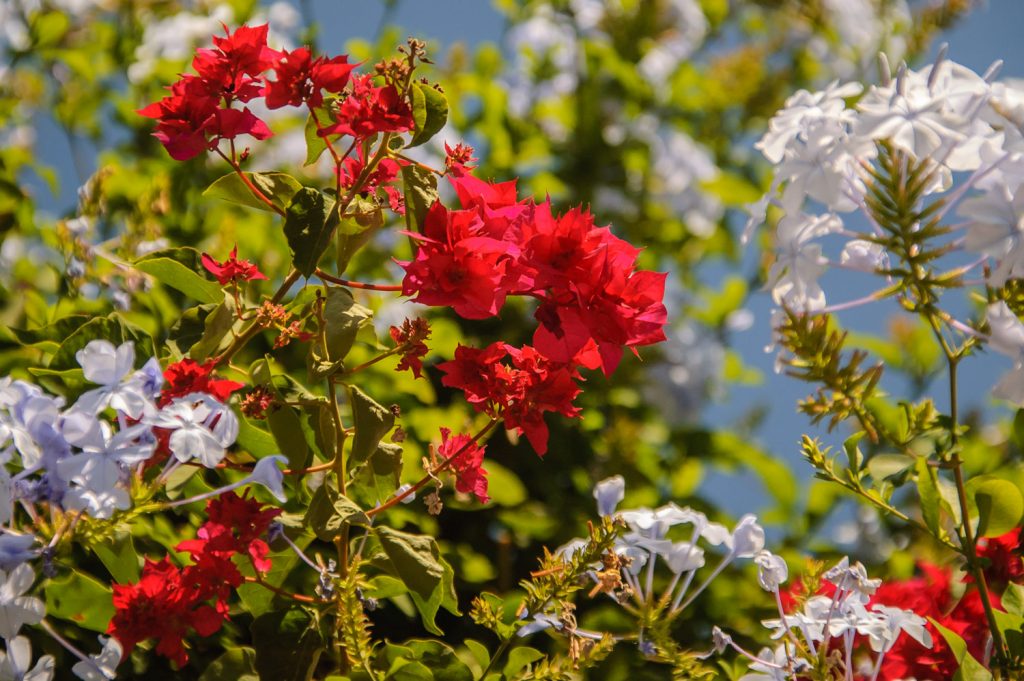
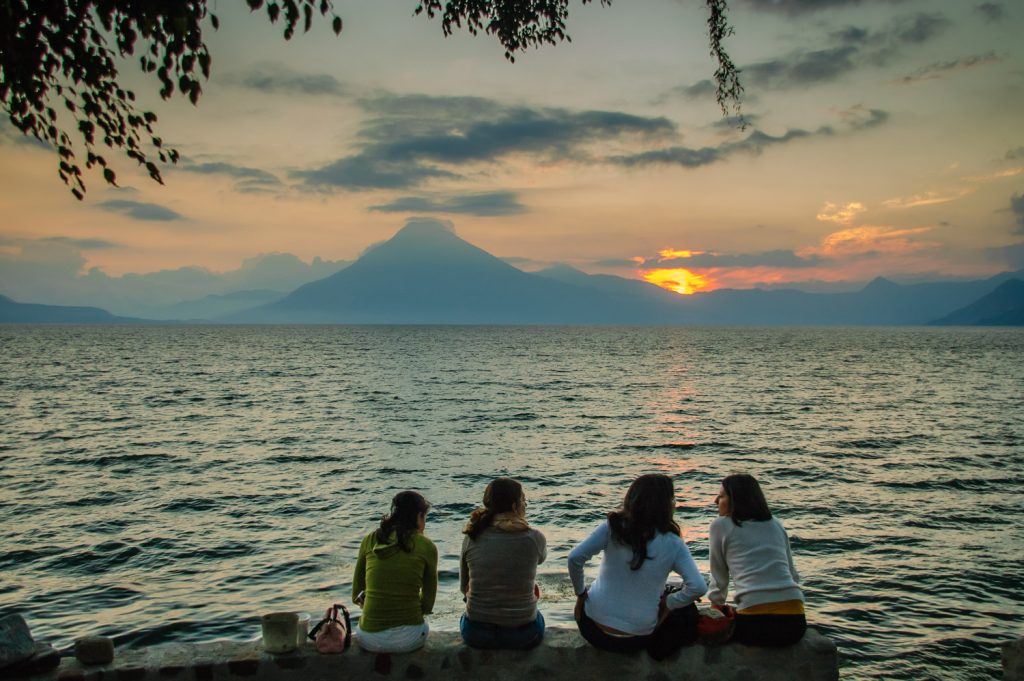
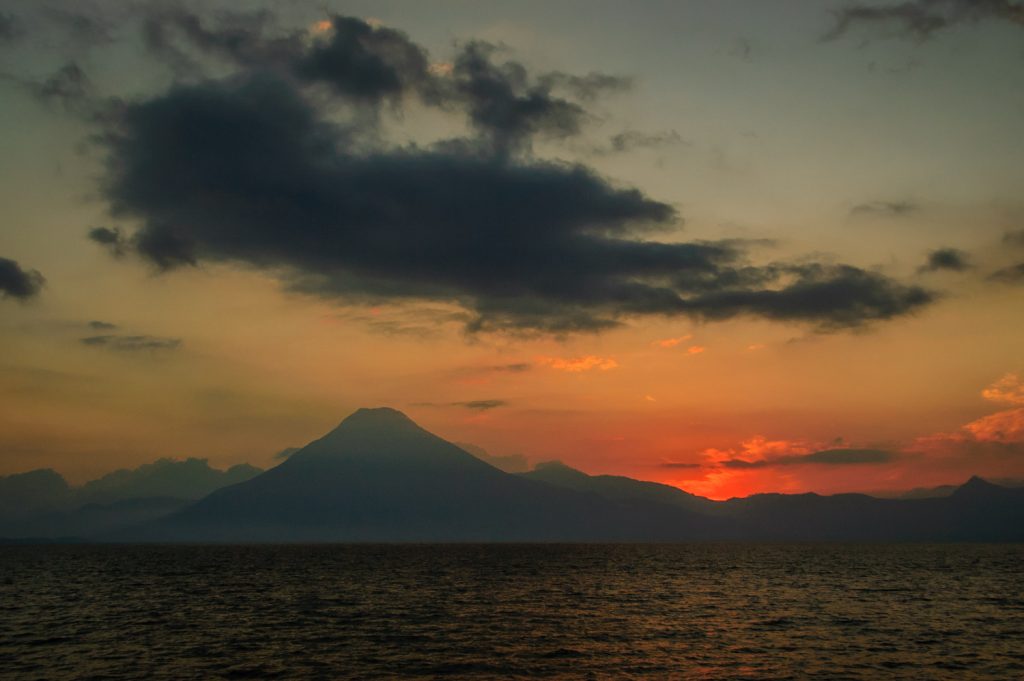
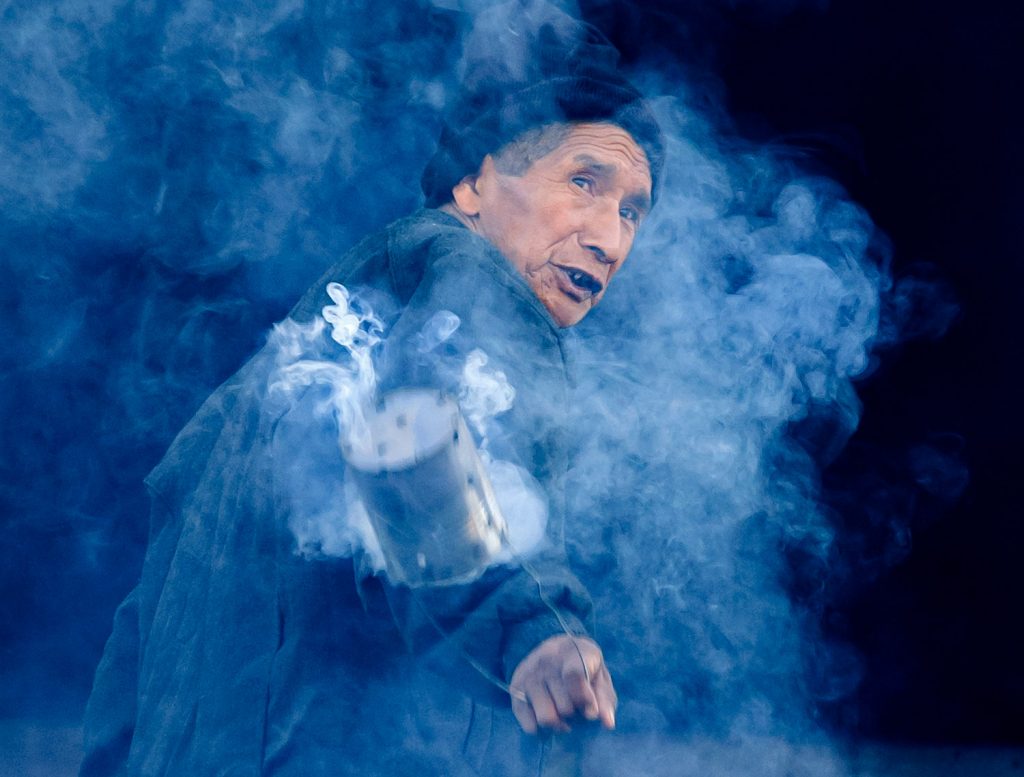
Today I was up before sunrise to go to the famous market in Chichicastanango. I rode in the back of a pickup truck watching the sun slowly rise on the volcanoes of Lake Atitlan as the truck zigzagged up the steep cliff to Solala. The air was crisp and clear. Two hours and a couple of buses later, I arrived in Chichicastango.
I followed the crowds to the main square that is the centre of the market and is also where the Church of San Tomas is. Although ostensibly a Catholic church, much of the activity at this church involves rituals dating back to the Mayas. On the stone steps leading up to the church a number of Indian women sold flowers. A fire burned incense filling the air with fragrant smoke, and men swung tins containing burning more incense. Groups of men dressed in costume and belonging to cofradias paraded from the church and performed rituals in the street.
I spent a number of hours photographing the action before browsing through the market. There were many colourful cloths, clothing, bags, masks, fruit, vegetables and other items. I bought a mask, and was tempted to buy more if not for the problem of having to carry things for the rest of my trip.

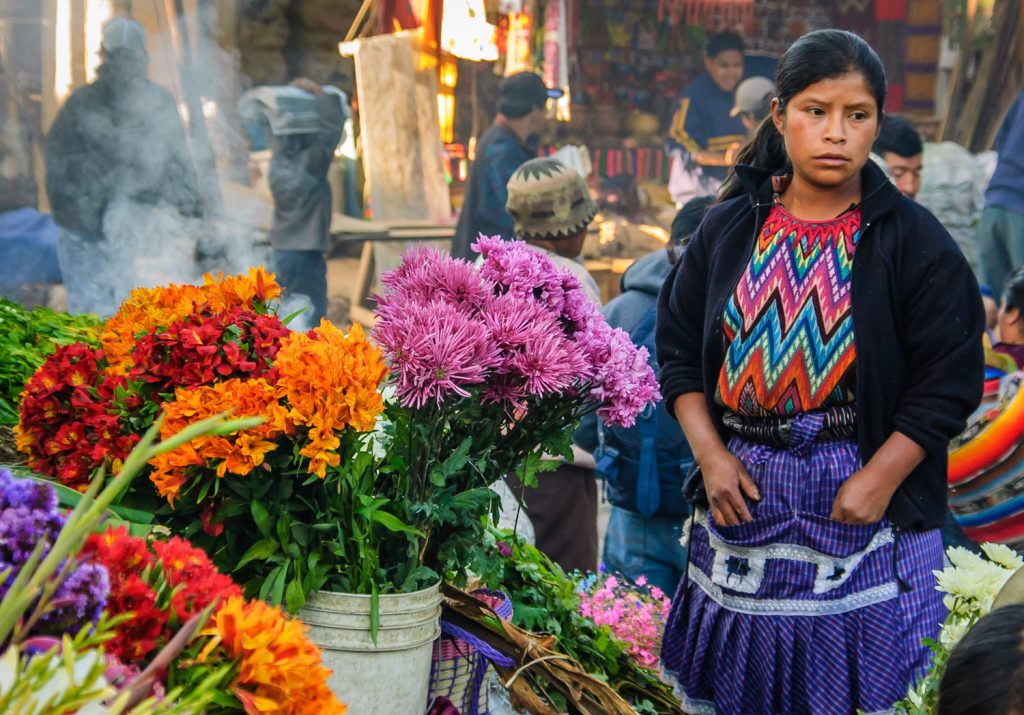
The steps in front of the church of Santo Tomás in Chichicastenango, Guatemala are covered with sellers of colourful flowers. (Richard McGuire Photo)
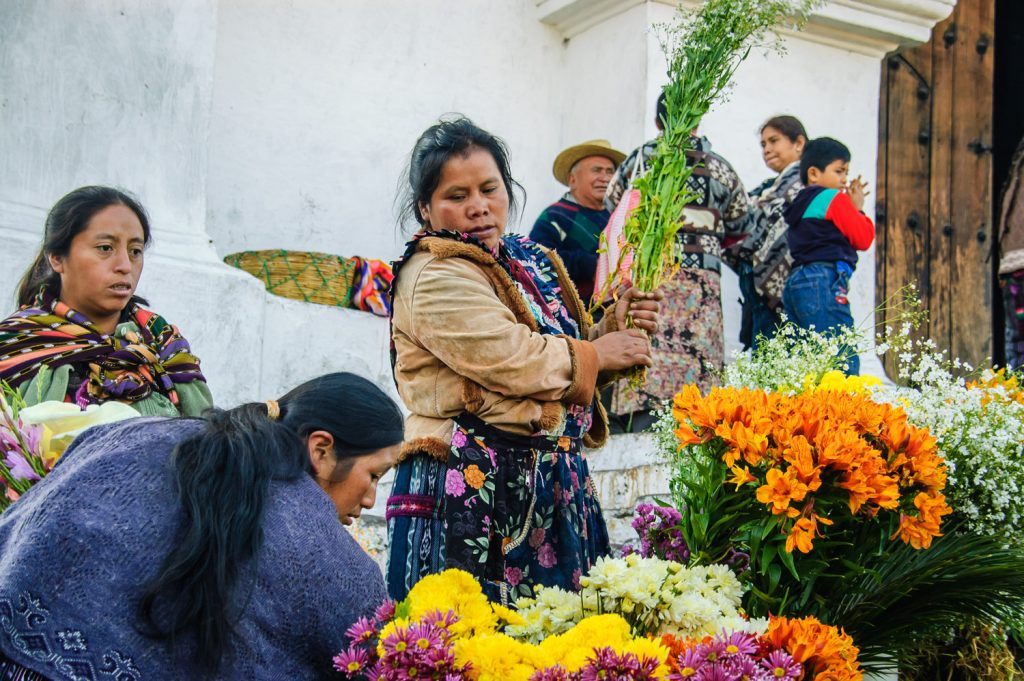
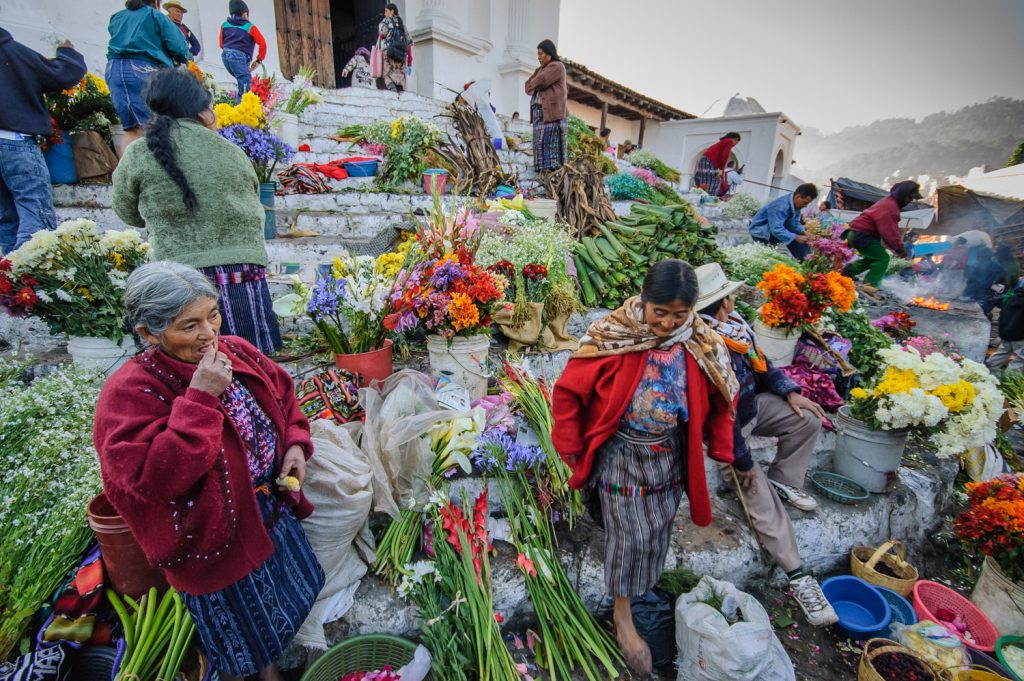
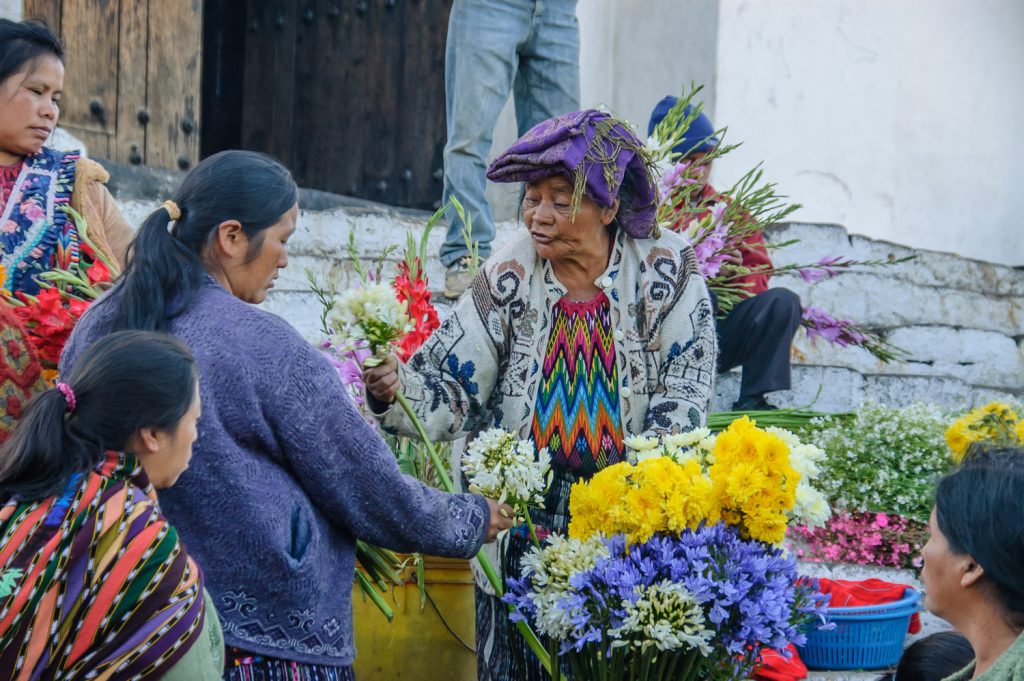
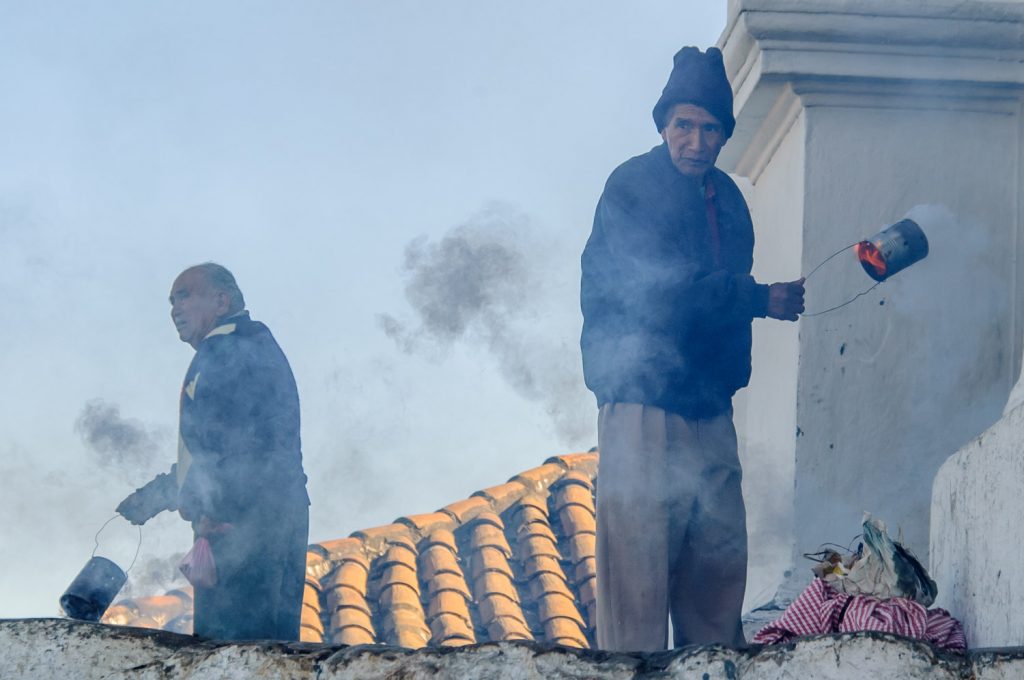
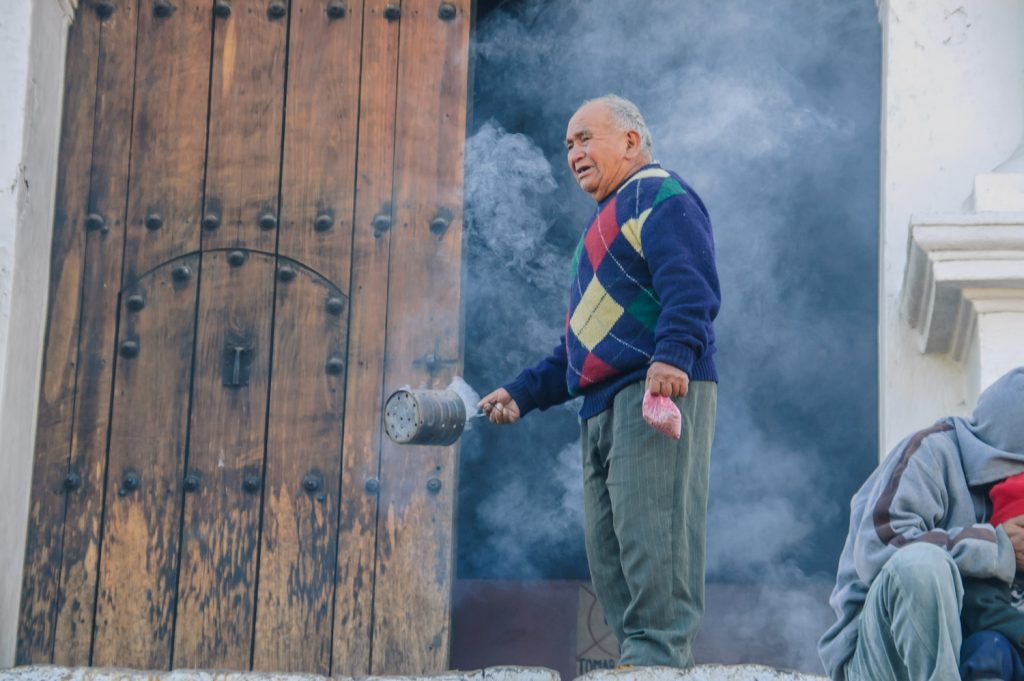
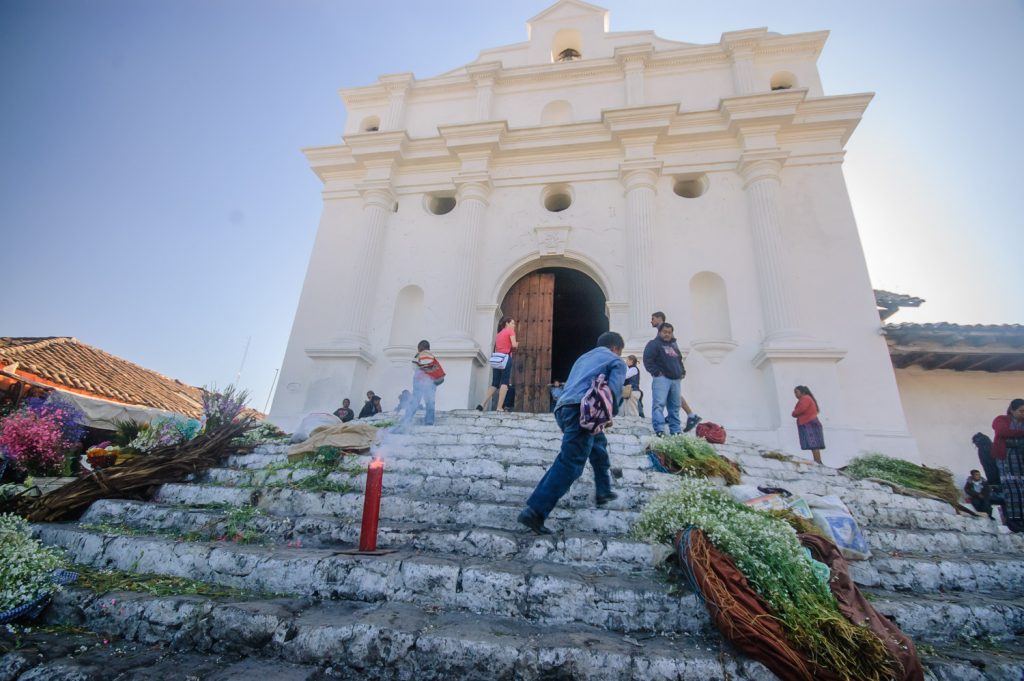
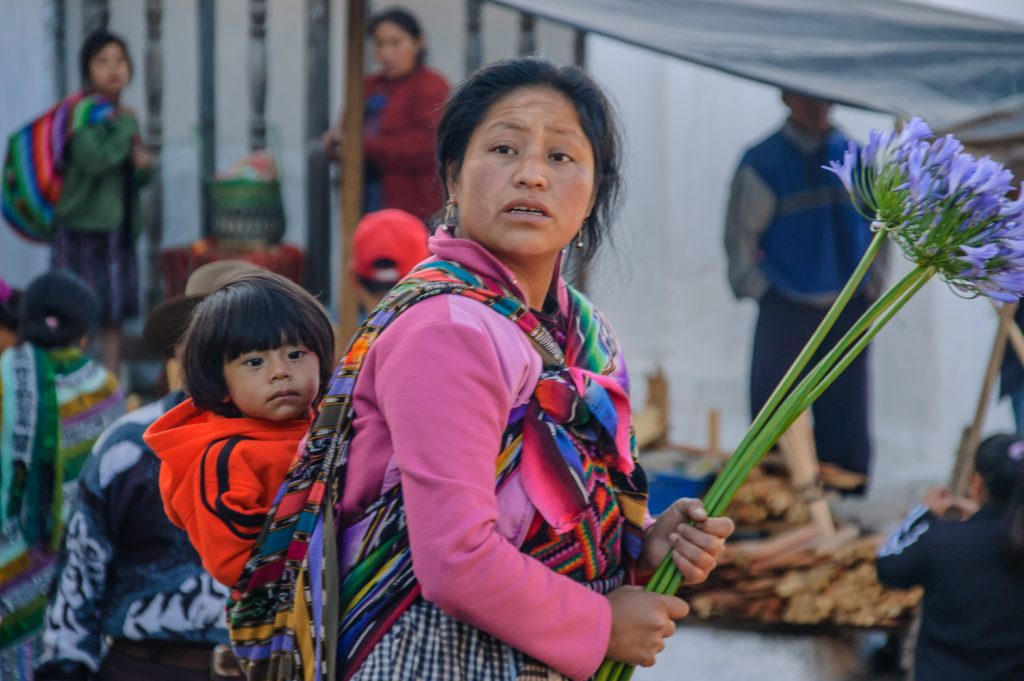
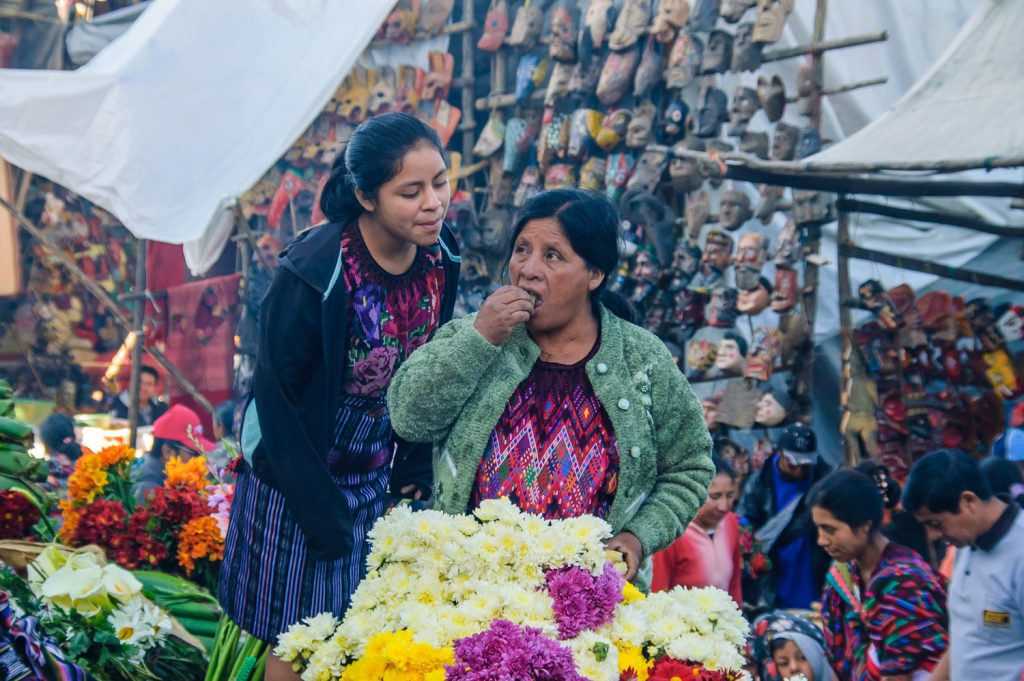
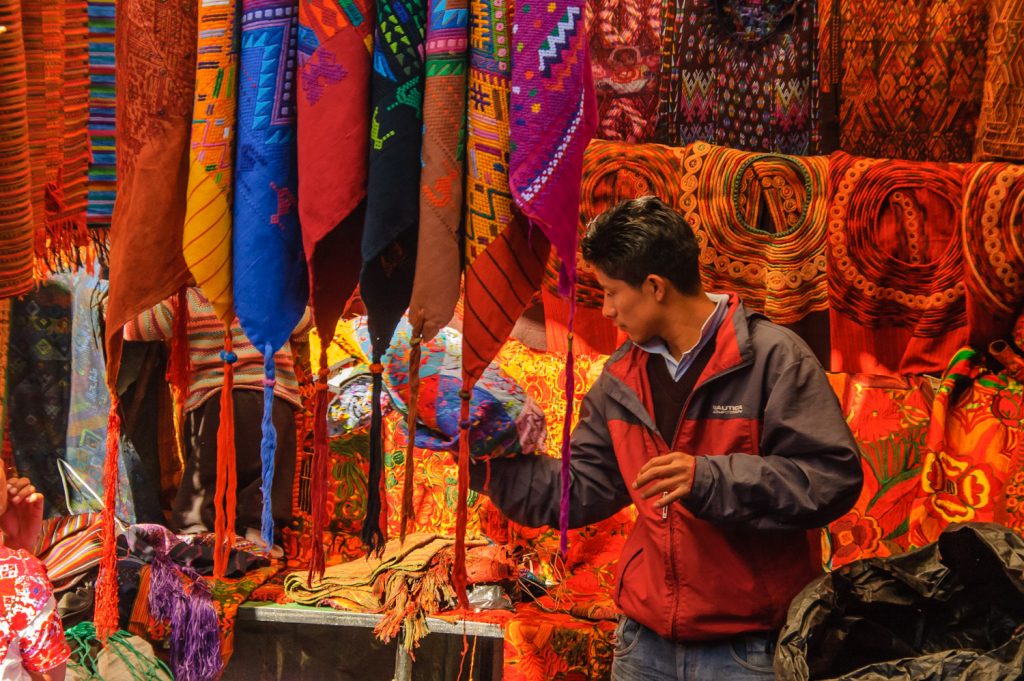
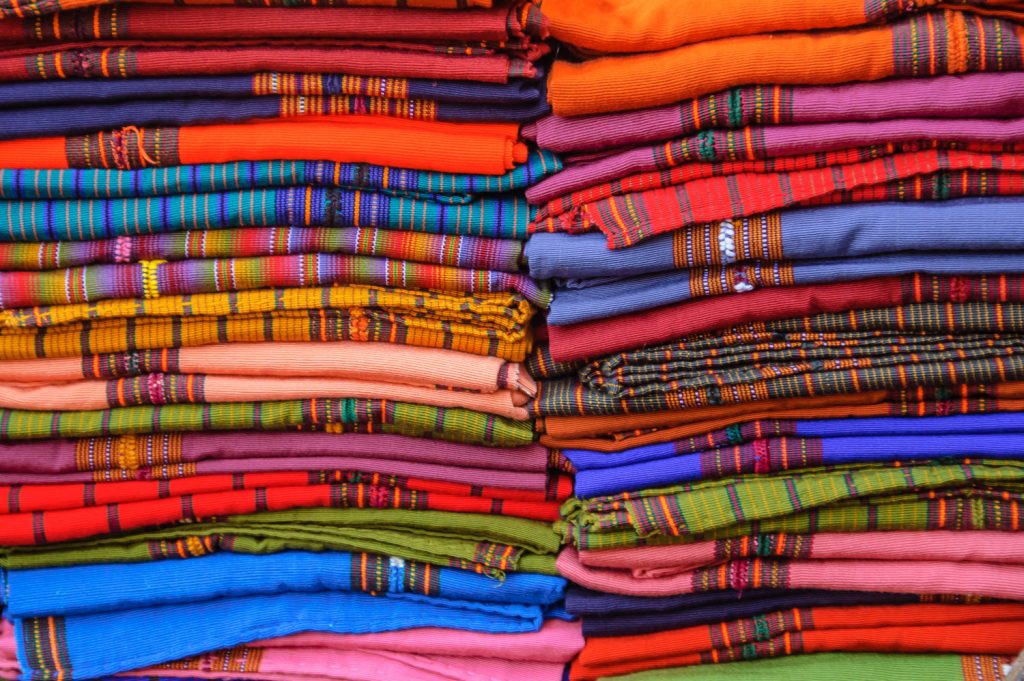
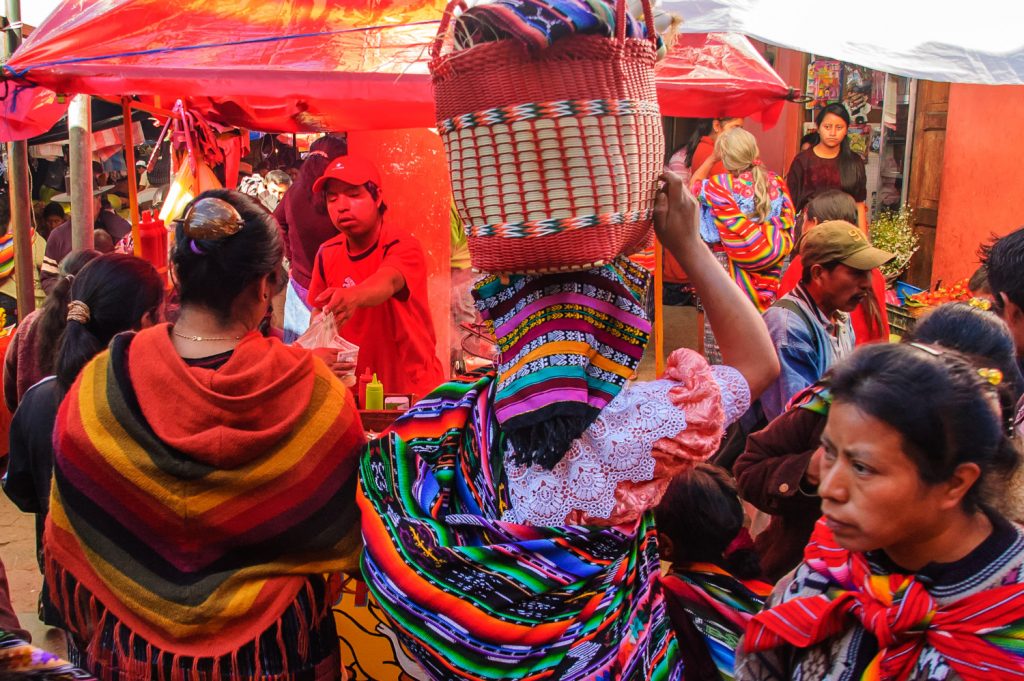
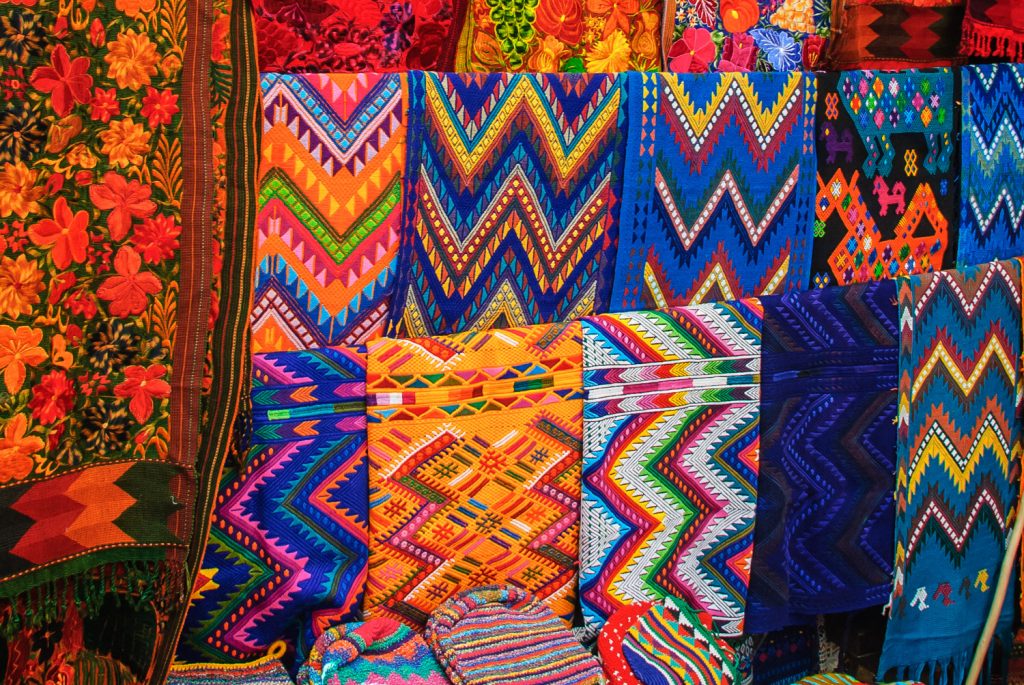
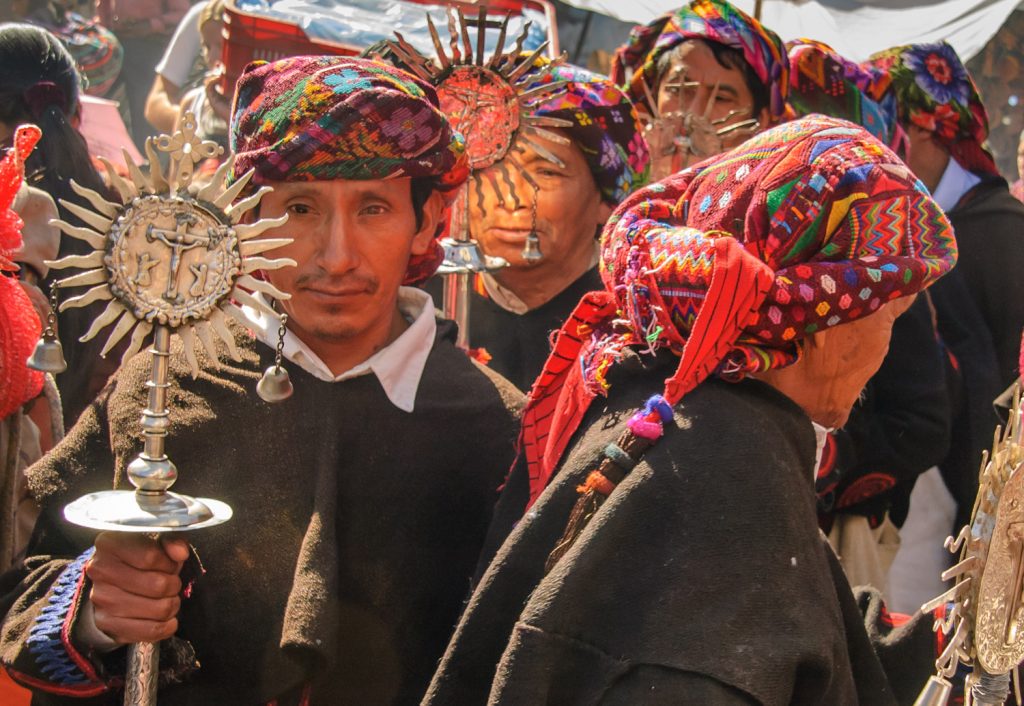
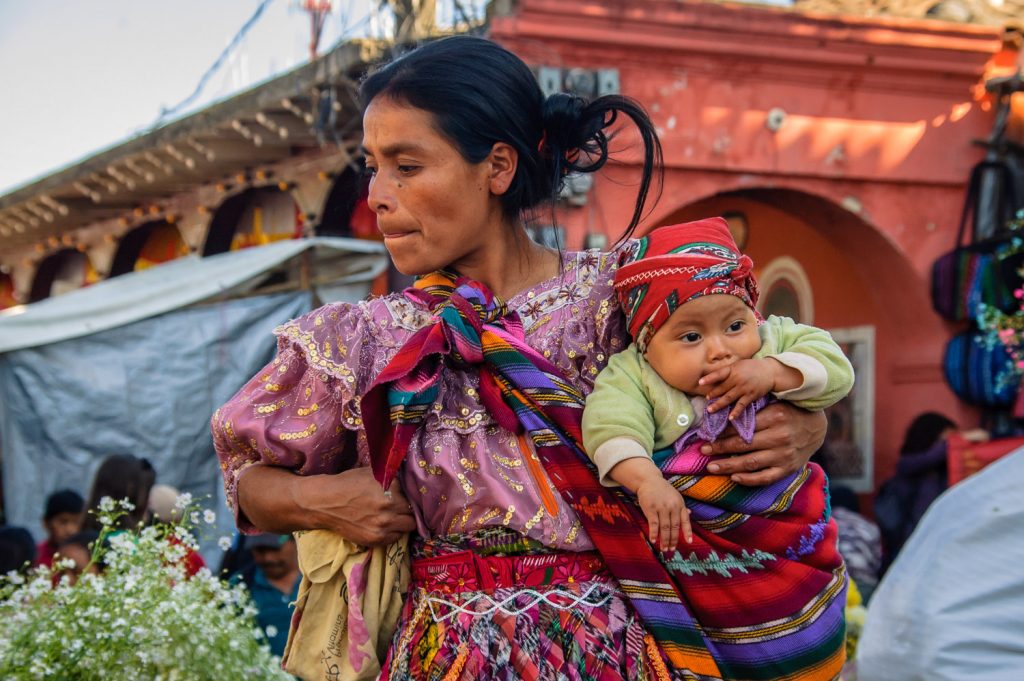
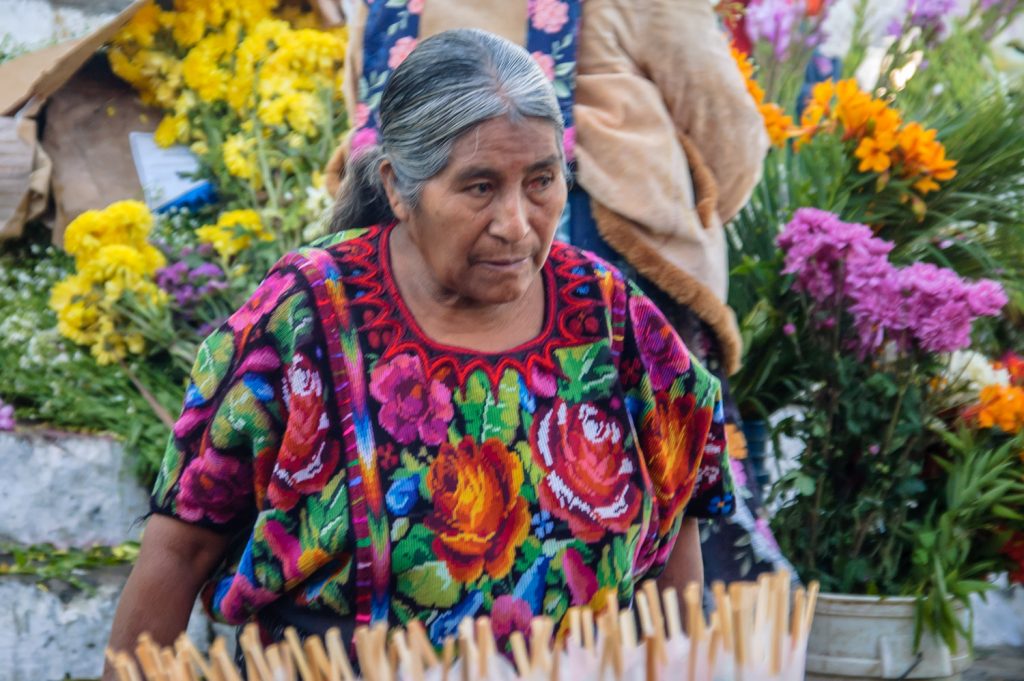
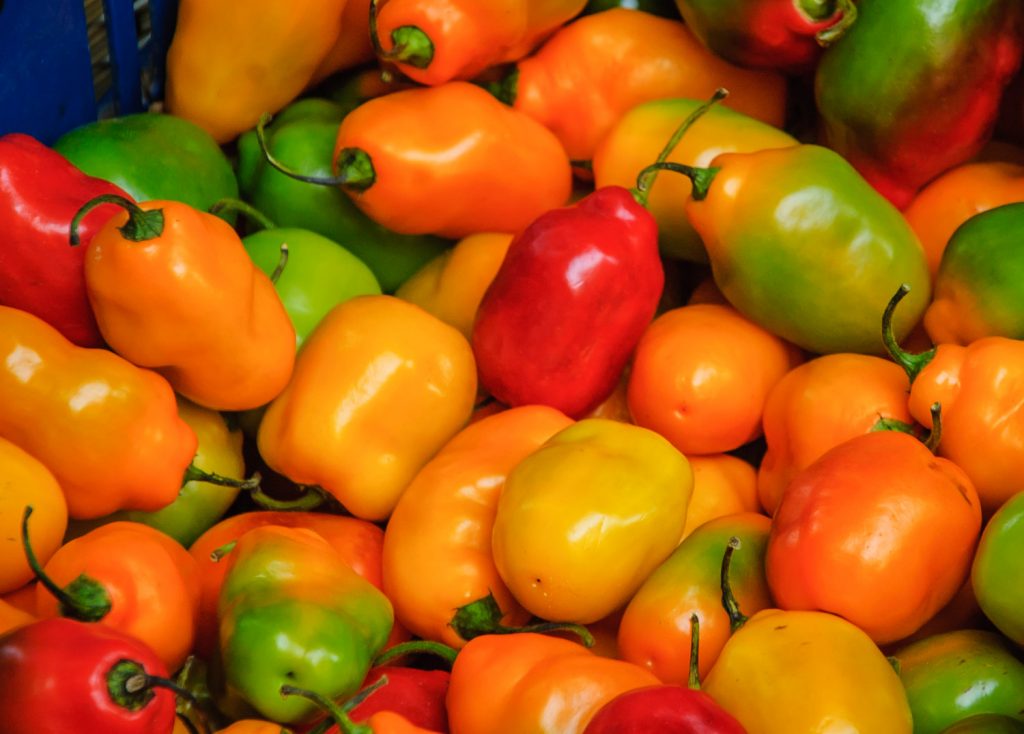
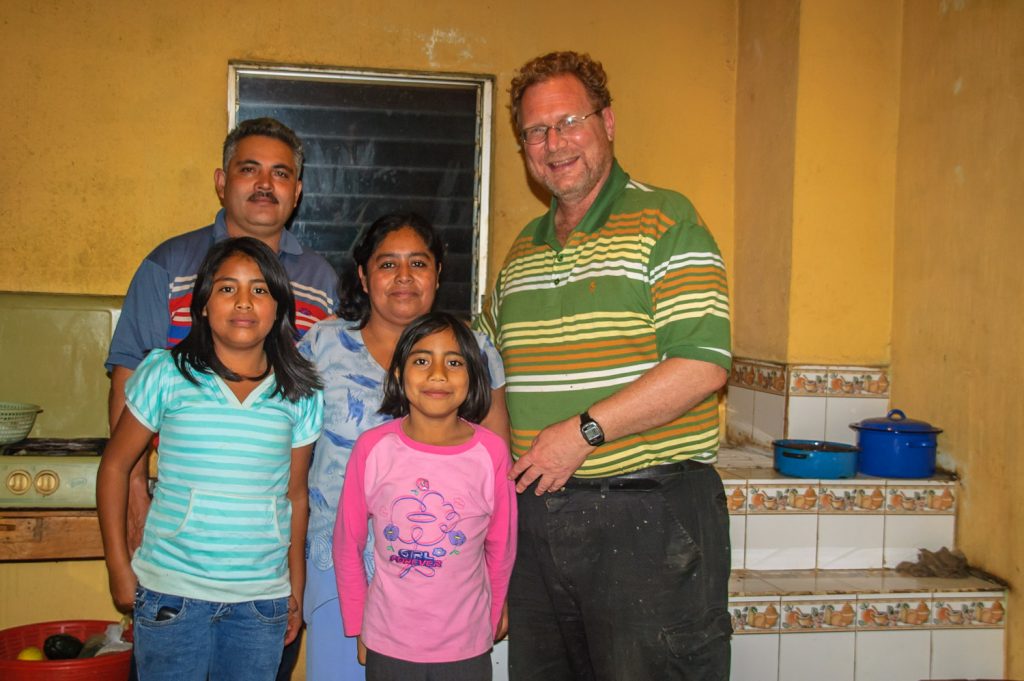
Friday was my last day at the school in Nebaj. Unlike recent previous days, the sun was brilliant and I took my camera to get pictures of the view from the rooftop where the school is located, as well as of my teacher, Pedro.
Several recent days it’s actually been quite chilly even to the point where you can see your breath in the morning, and of course the houses have no heating, so it can be quite cool. That’s because Nebaj is located high up in the mountains.
Once again, the class was a mix of activities – reading, writing, conversation on many topics, and drills of verbs – one to one with Pedro. The added bonus to the experience is that Pedro often talks about local culture, the experience of living through the civil war, and about life in Guatemala in general.
In the afternoon I arranged to take a hike with a guide to a couple of Ixil villages outside of Nebaj. My school package includes a couple of hikes, and because of New Year’s and the bad weather, I hadn’t been able to take advantage of this.
I ended up having two guides, a quiet older man, Jacinto, and a younger and somewhat obnoxious man, Mario, who kept trying to show that he knew words in English and boasting that he had been to the United States.
Nebaj sits in a valley surrounded by mountains, so almost any hike involves a great amount of climbing at first. This hike was no exception, and I was very winded and had to take it slowly, and repeatedly stopped to catch my breath. After a couple hours steady climbing, we at last crested a hill, and descended into the village of Cocop.
This, I learned, was the village Jacinto is from. He led me through the village to a small cemetery. This is, he explained, contained entirely the graves of victims of a 1981 massacre of villagers by the Army. They threw the bodies down a well, and only later were they recovered and given a proper burial. Many of the bodies couldn’t be identified and those graves are marked only with letters and numbers. I asked Jacinto if he knew some of the people buried there, and he indicated that the first two graves were his mother and father. He also lost a number of other family members and relatives in the massacre.
I asked him if he was in the village when it occurred, and he said that he was, and was 13 at the time, and one of the survivors. I can’t imagine the horror of that day. As Pedro had earlier explained to me, many of the Ixil villagers were caught between the army and guerrillas, not wanting to get involved with either. But at that time, during the Cold War, many Ixil were suspected of being communists, and the army massacred entire villages.
Then Jacinto took me to his house, where his wife was cooking on a fire place. Here is where I would get to try boxboles, a local food made of corn flour wrapped in leaves. Often the leaves are guisquil, a kind of squash, but in this case they were leaves of a kind of pepper. It was actually reasonably good, although I tend not to have much of an appetite after exerting myself on the climb. I didn’t like a corn drink they gave me as much.
Afterwards, Jacinto led us out of town on the trail for Rio Azul, the next village, and he returned home leaving me with Mario to continue on to Rio Azul and on to Nebaj. It was downhill all the way, and much easier, through corn fields and pastures, and past houses where calla lilies grew. When the village came into sight, I commented that it wasn’t far. I spoke too soon. Now the trail turned to thick mud, and it was all I could do to avoid slipping on the descents. My shoes and pants were covered in mud.
At last, in Rio Azul, we reached the road and in less than a minute flagged down a pickup truck that let us ride in the back to Nebaj. I always enjoy riding in the back of pickup trucks and watching the world go by and feeling the fresh breeze – one of the pleasures in life which Canadians are denied for safety reasons, but which everyone does in Latin America.
Back in Nebaj, I had my last dinner with the family, and afterwards took pictures of them, and said goodbye to those I wouldn’t see in the morning.
Today, Saturday, I traveled by buses to Panajachel, a town popular with Gringos on the shores of Lake Atitlan, one of the most beautiful places in the world. I’ll write more about that later.
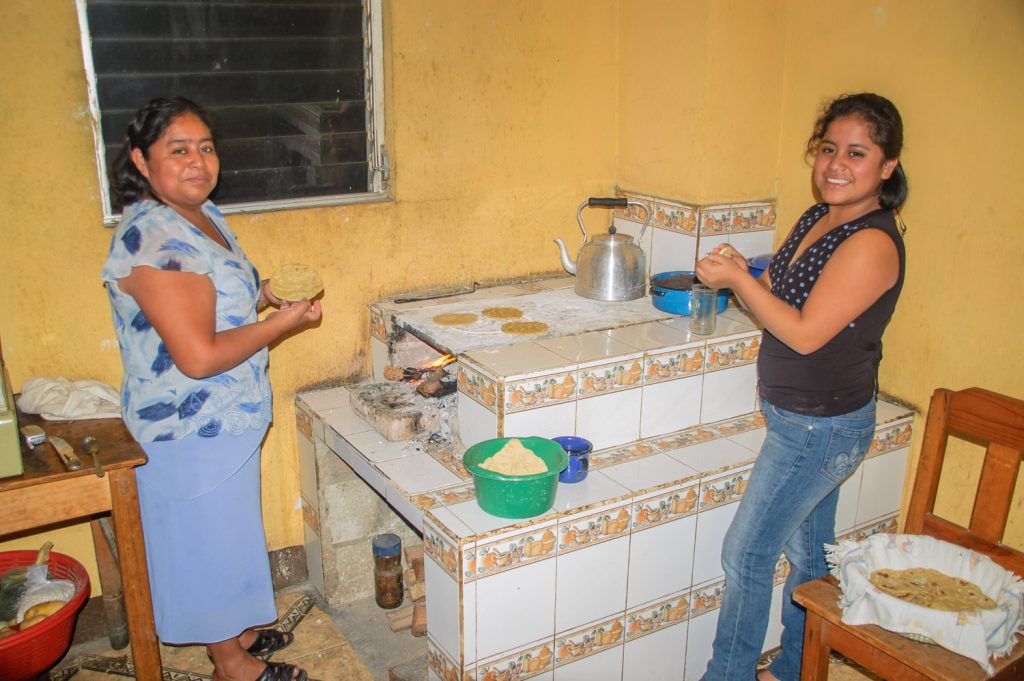
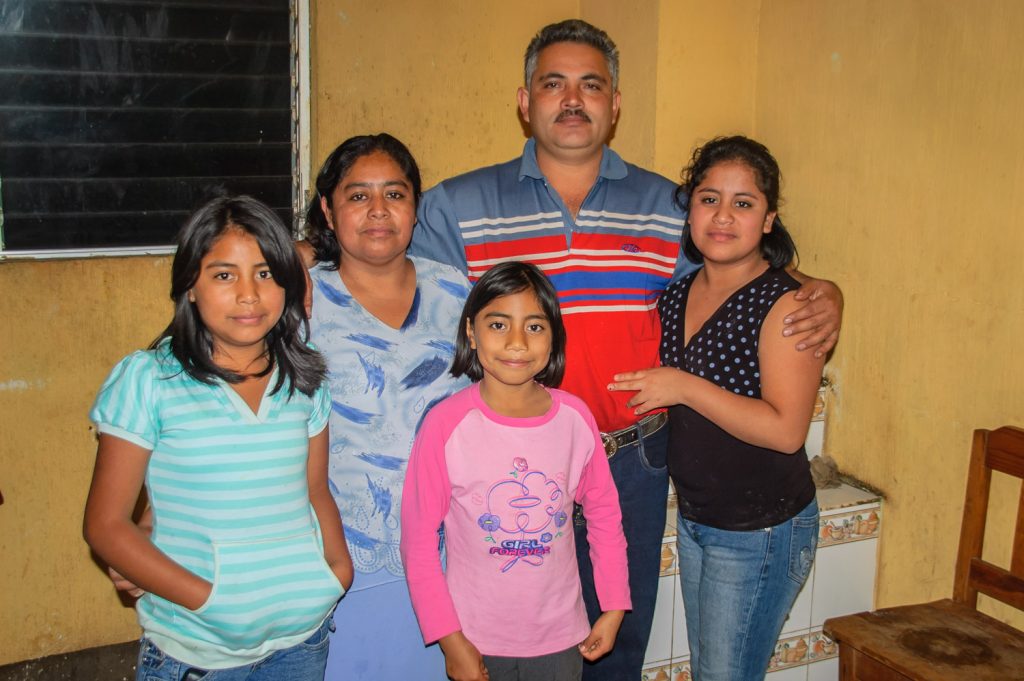
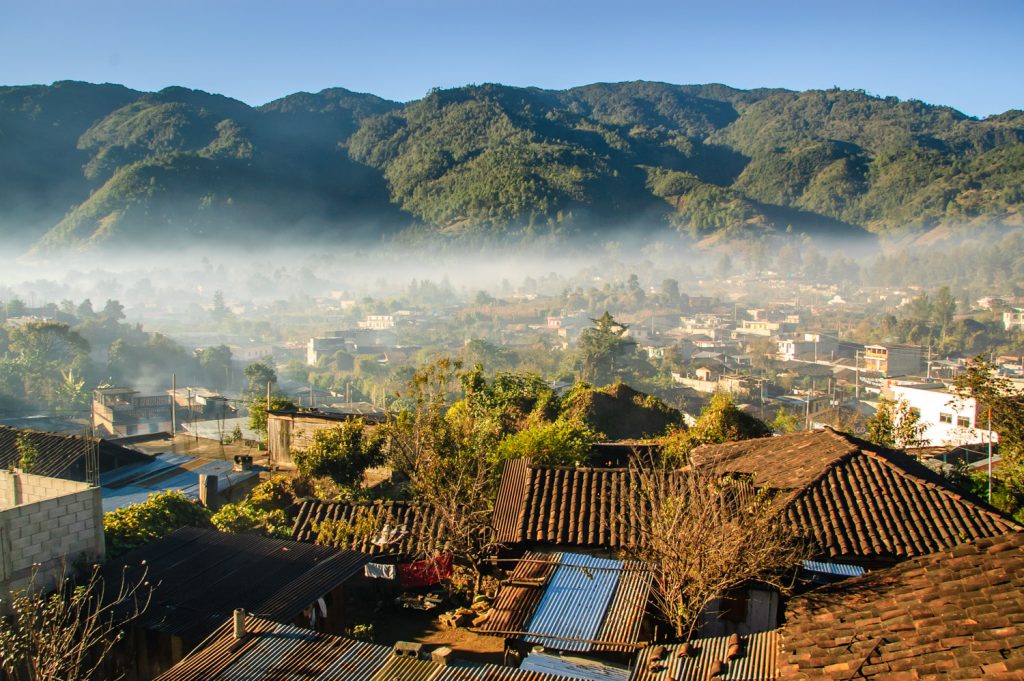





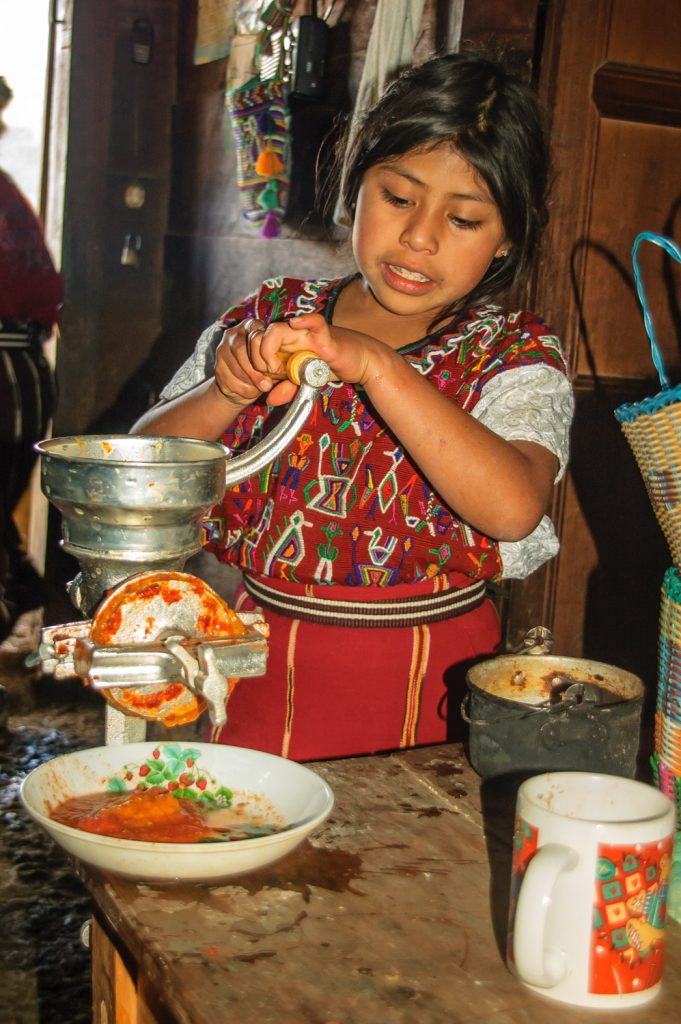
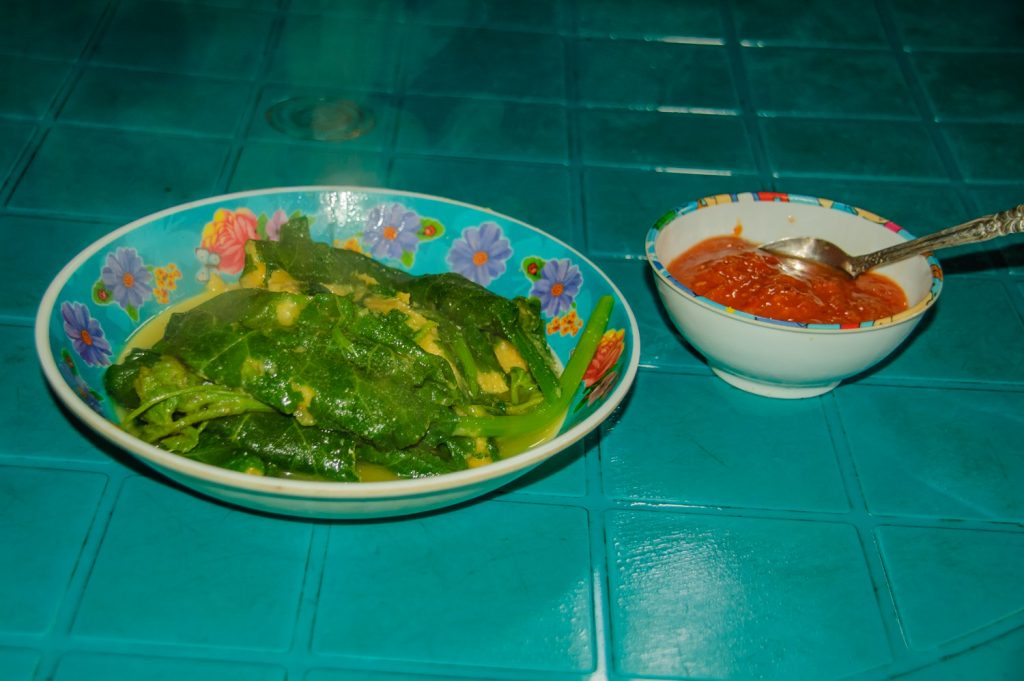
New Year’s Eve is celebrated differently in many countries of the world, and Guatemala has its own traditions. I observed to my Guatemalan friends that in North America, New Years is often celebrated with friends rather than family, whereas in Guatemala it’s very much a family occasion.
It also has more of a religious significance here, and of course this being Guatemala, it’s also an excuse for lots of firecrackers and mortars and bombs.
I ate supper with the family at the normal time of 7:30 p.m., and then at 9:30 p.m. we left for Adelhaida’s mother’s house a short way away. As we walked though the streets, the children kicked around a ball, in the usual confusion of motorcycles, trucks and cars forcing us off the road, where we normally walk.
The grandmother’s place was a short distance away, and already a number of relatives had gathered, and more arrived throughout the evening, until there must have been close to 30 brothers, sisters, cousins, nieces, nephews, uncles, aunts, etc. We had a glass of very sweet wine, but no other alcohol – this was not the drunkfest so often associated with New Year’s Eve in North America.
I found it difficult to be part of any conversation when so many people were speaking Spanish back and forth quickly with each other. In fact I understood very little. Sometimes people tried to include me by asking me questions about Canada and my life there, but it was hard to participate actively. Nonetheless, my presence seemed to be perfectly accepted and I felt welcome.
So when a few of the kids and the father of the family I’m staying with, suggested a game of street soccer, I grabbed at the opportunity to get outside. It reminded me of playing street hockey as a kid – someone would shout “carro” and we’d all suspend the game and move to the side of the road as the car passed, though the rock goalposts remained.
When it got close to midnight, the grandmother brought some blazing logs from the kitchen fire and placed them on the road outside the house, and we piled on more wood and built a bonfire in the street. It was at least five minutes before midnight when fireworks started blazing across the sky, and the kids began setting off firecrackers, fireworks, and running around with sparklers. No countdown here – the actual moment of midnight came and went with no one giving it special attention. But it wasn’t just us setting off firecrackers and fireworks – it seemed that on every block of the town there were several groups doing the same, so that the noise was overwhelming, and soon it became hard to breathe for all the smoke in the air. The skyrockets themselves weren’t as grand or impressive as those in North America, but the scale of all the different explosions everywhere was something I’d never seen before. A few terrified stray dogs could be seen running at top speed to try to escape the madness.
Then we went inside and all gathered in a room, and one of Adelhaida’s brothers began a long prayer of thanks to God for the year past and wishes for the year ahead. Everyone else began praying as well so that there was a loud chatter of different prayers all being said simultaneously. I just bowed my head and tried not to stand out as a heathen.
Finally, the brother called for us all to embrace each other, and everyone went around the room hugging everyone else, or patting them on the back as appropriate. Most people came to me and hugged or patted me or shook hands, wishing each other “buen año nuevo” or some variation of this.
Then, everyone took seats on stools, chairs or whatever there was throughout the house while some of the women brought around tamales to everyone, as well as a choice of Pepsi or a punch made with spices, and pineapple, bananas, and other fruit.
It was close to 2 a.m. when we finally headed home, and I went quickly to sleep, despite continuing bombs, knowing that I had a class in the morning – mercifully moved back to 9:30 a.m.

One of the least pleasant aspects of Guatemalan culture is the tendency to throw trash everywhere. I walked to a waterfall outside of Nebaj, but the trail was lined with garbage. (Richard McGuire Photo)One of the least pleasant aspects of Guatemalan culture is the tendency to throw trash everywhere except in waste bins, which are almost non-existent.

